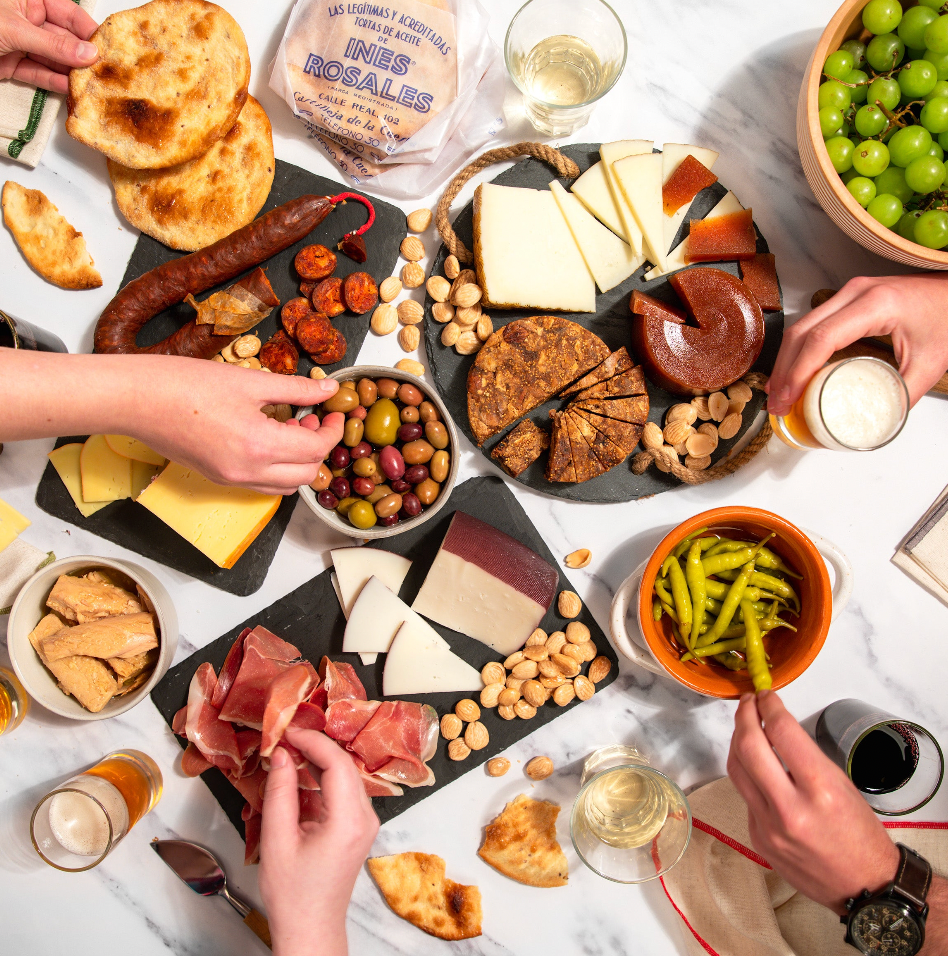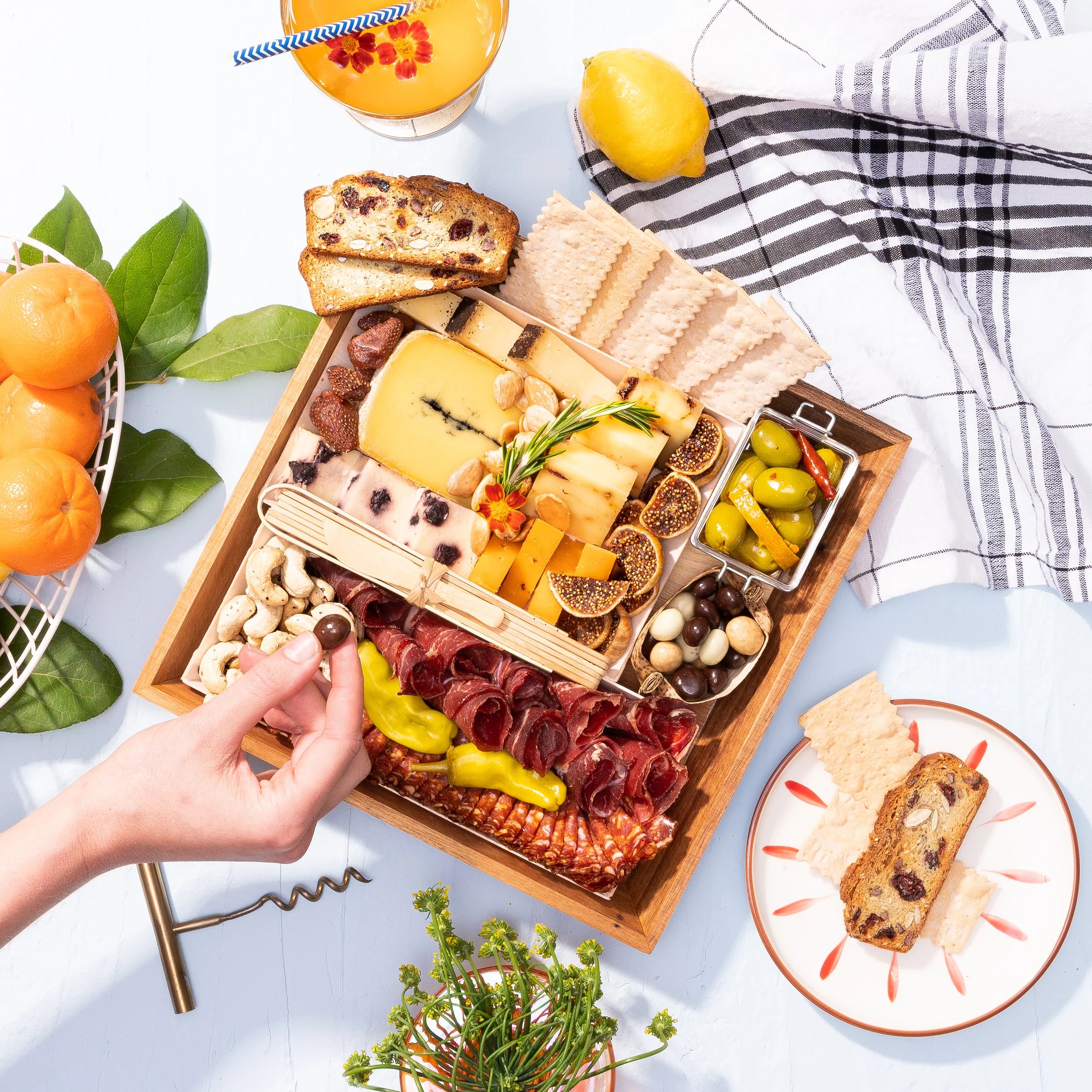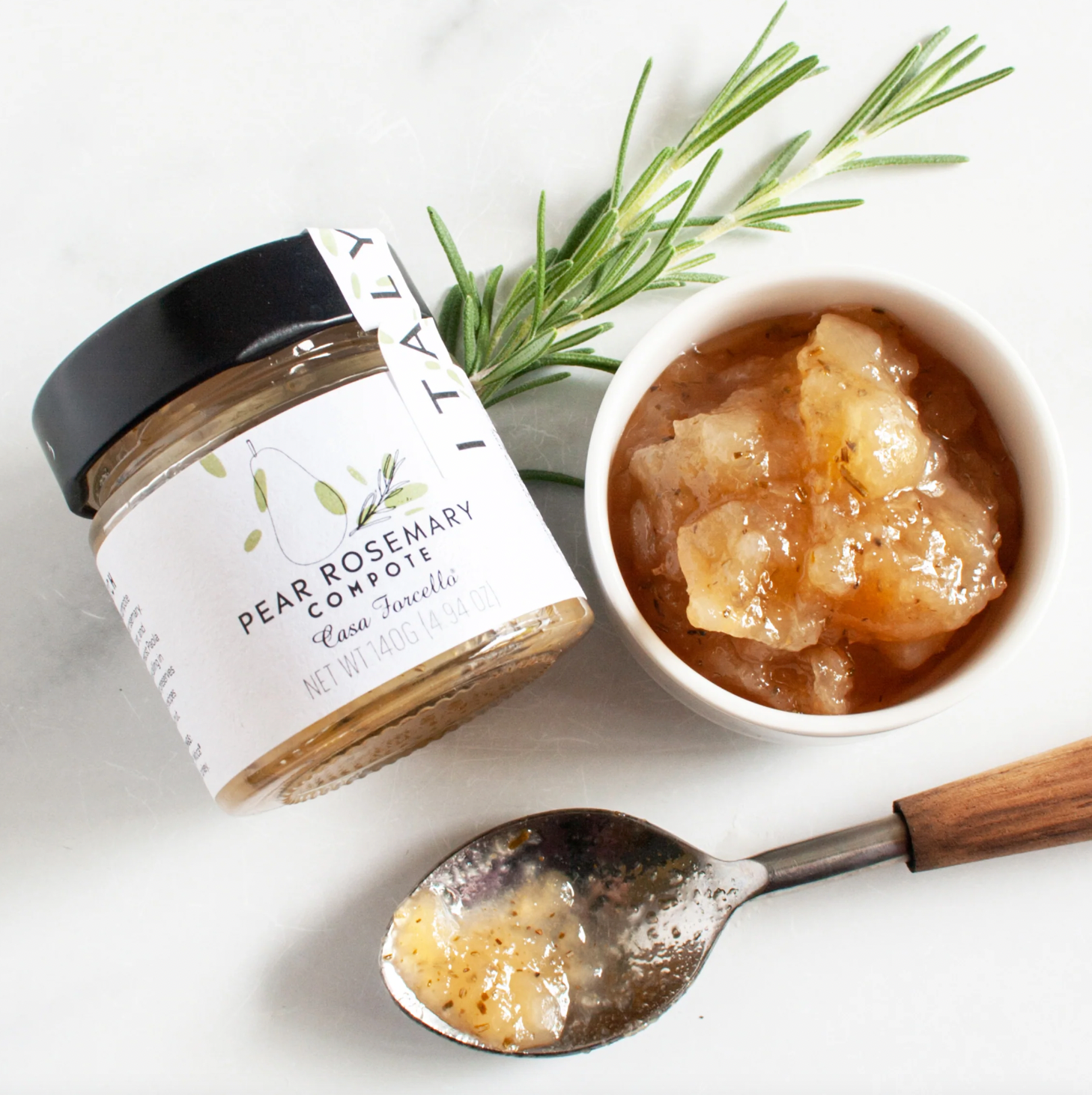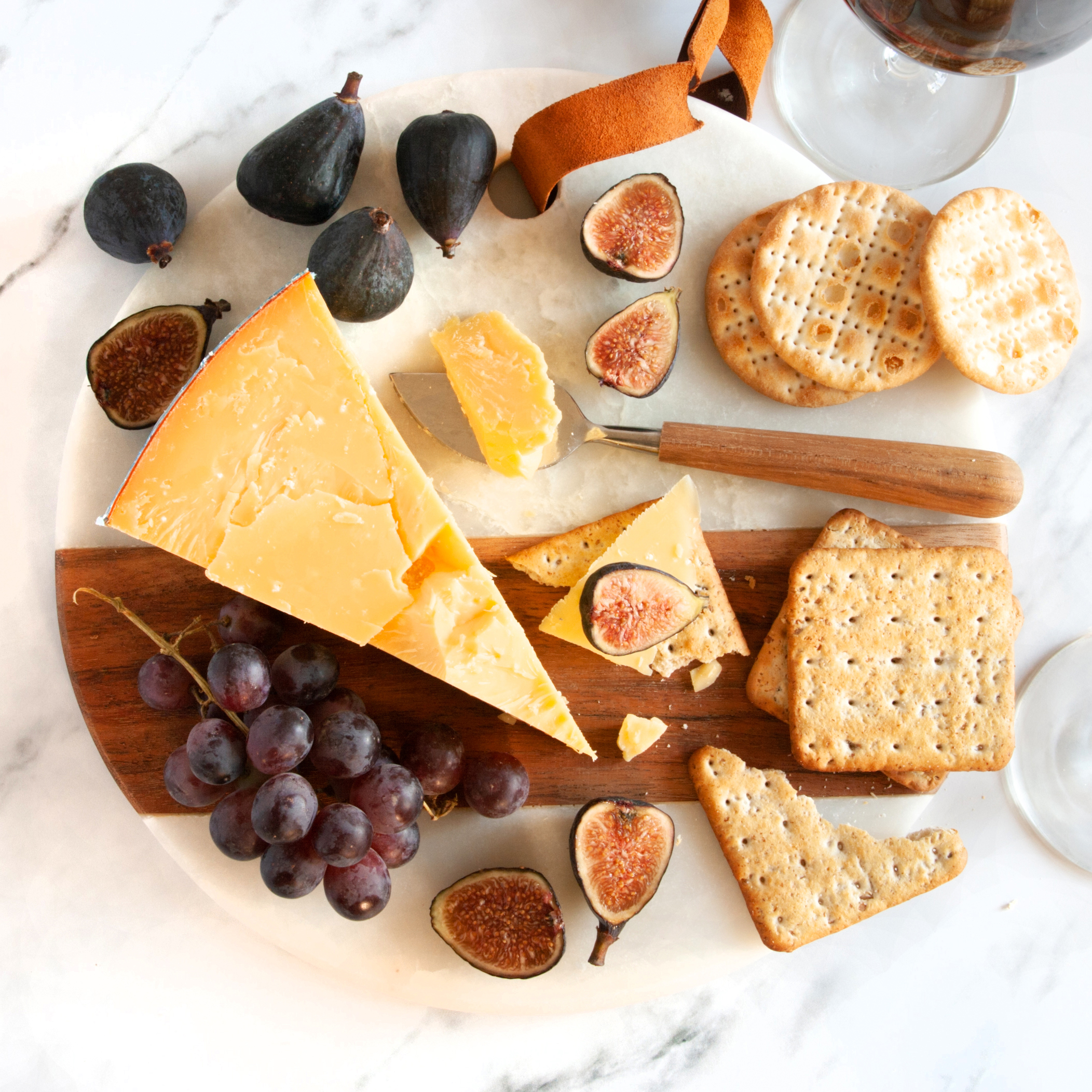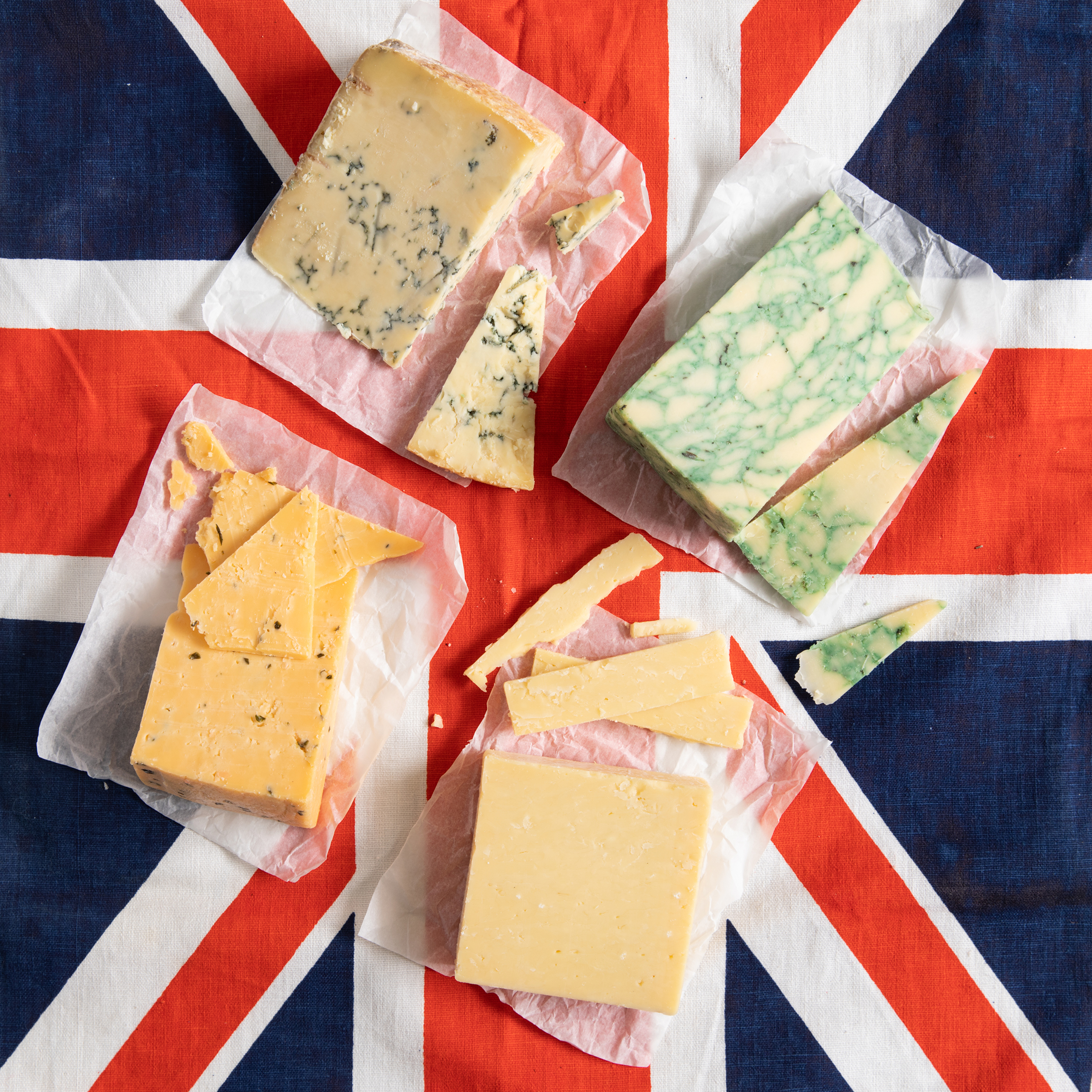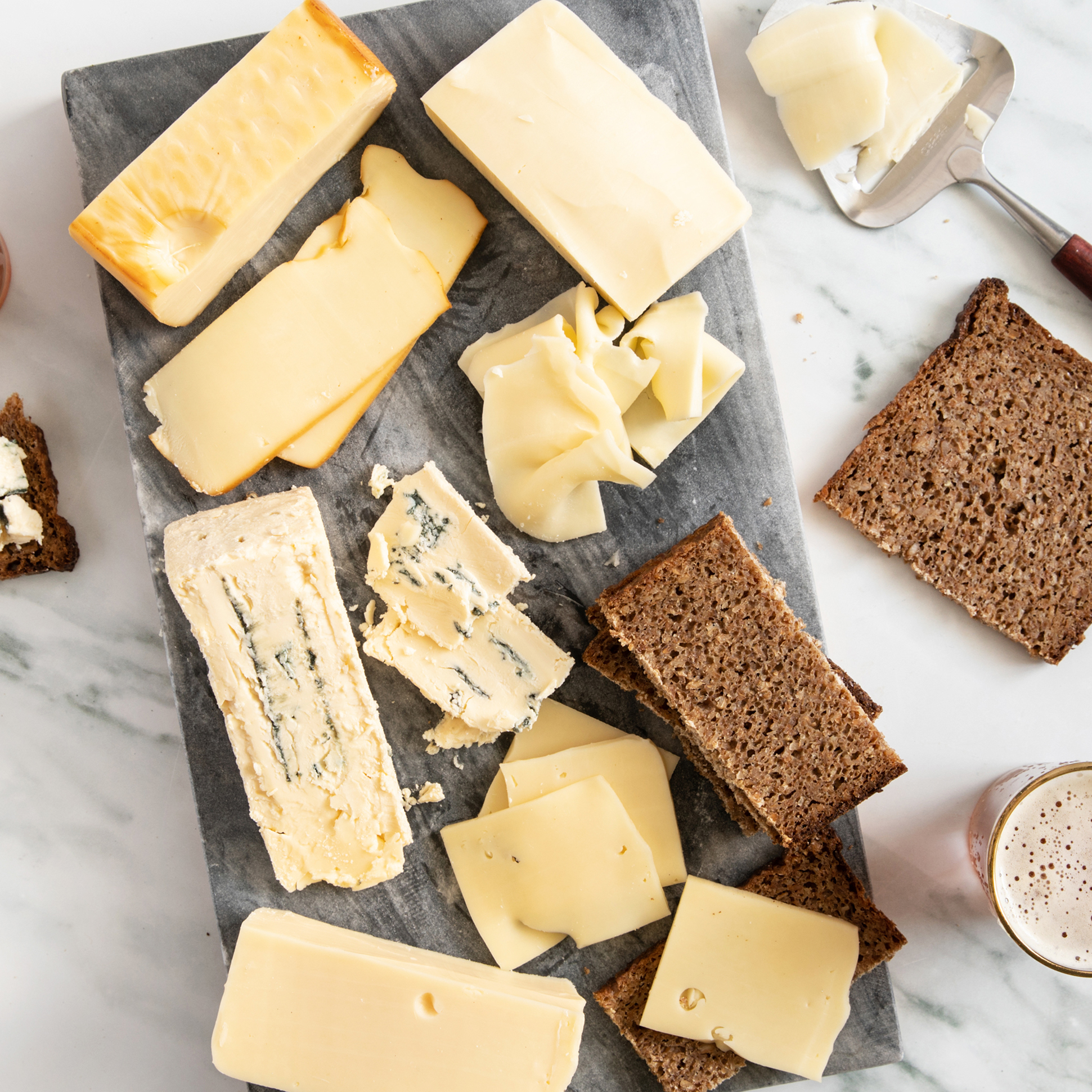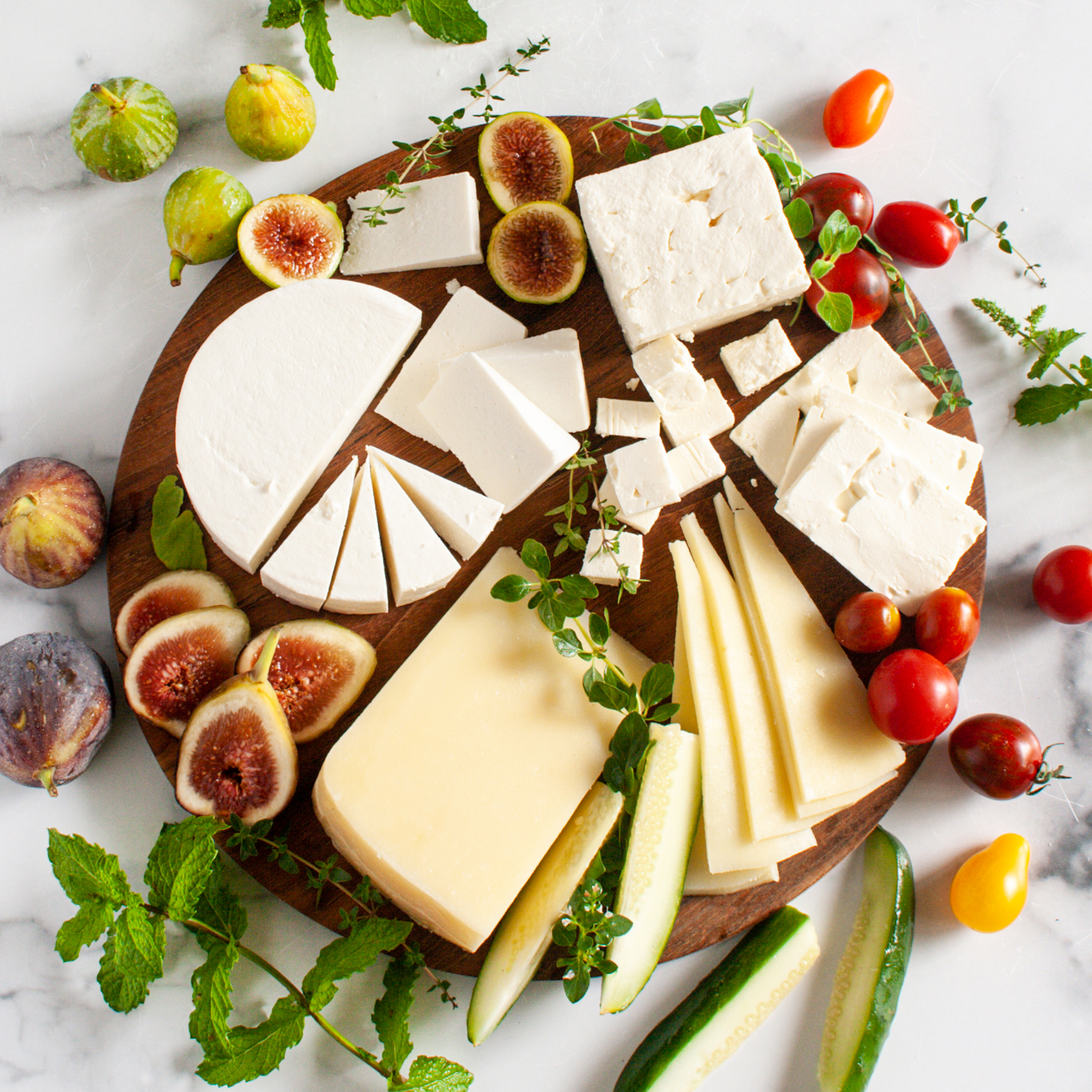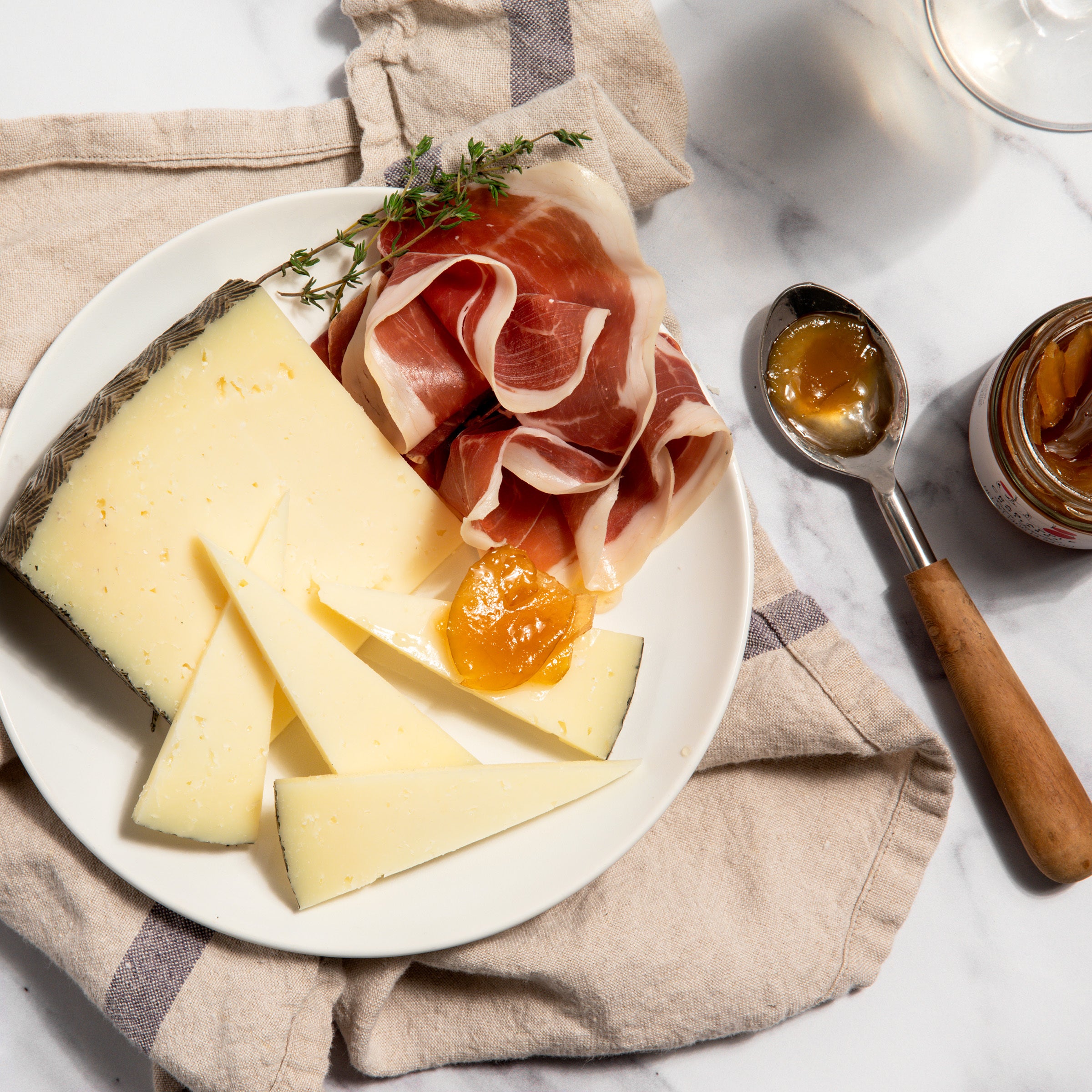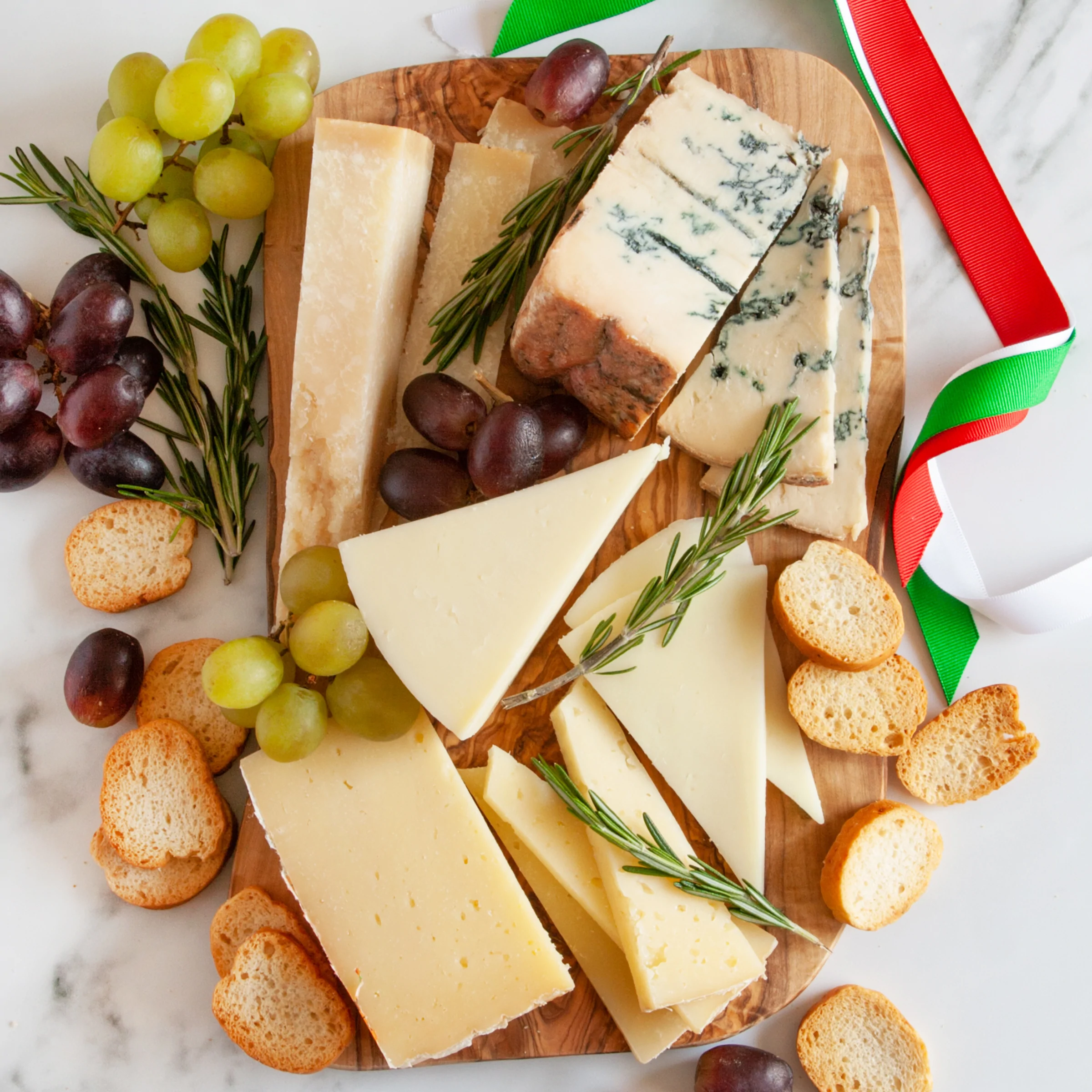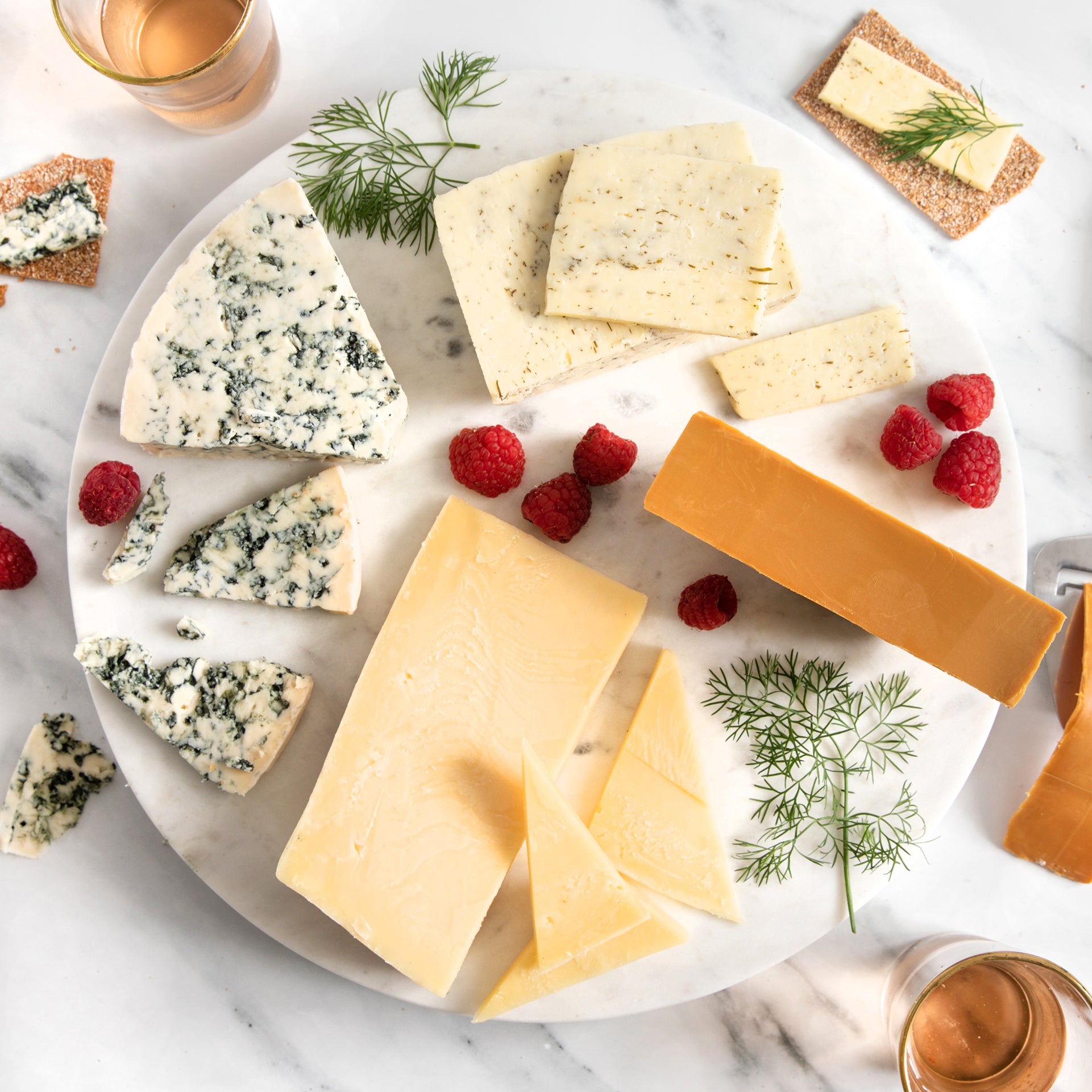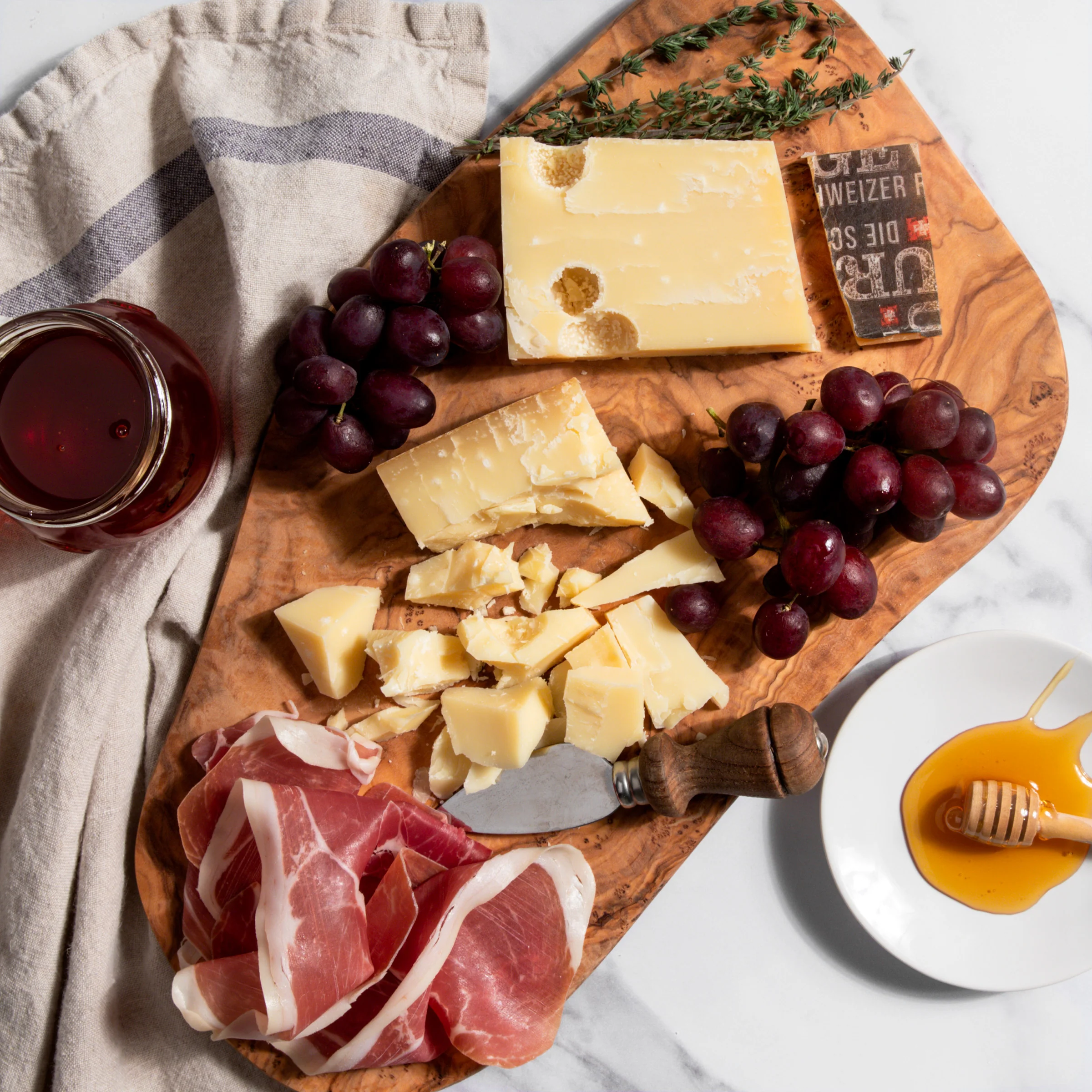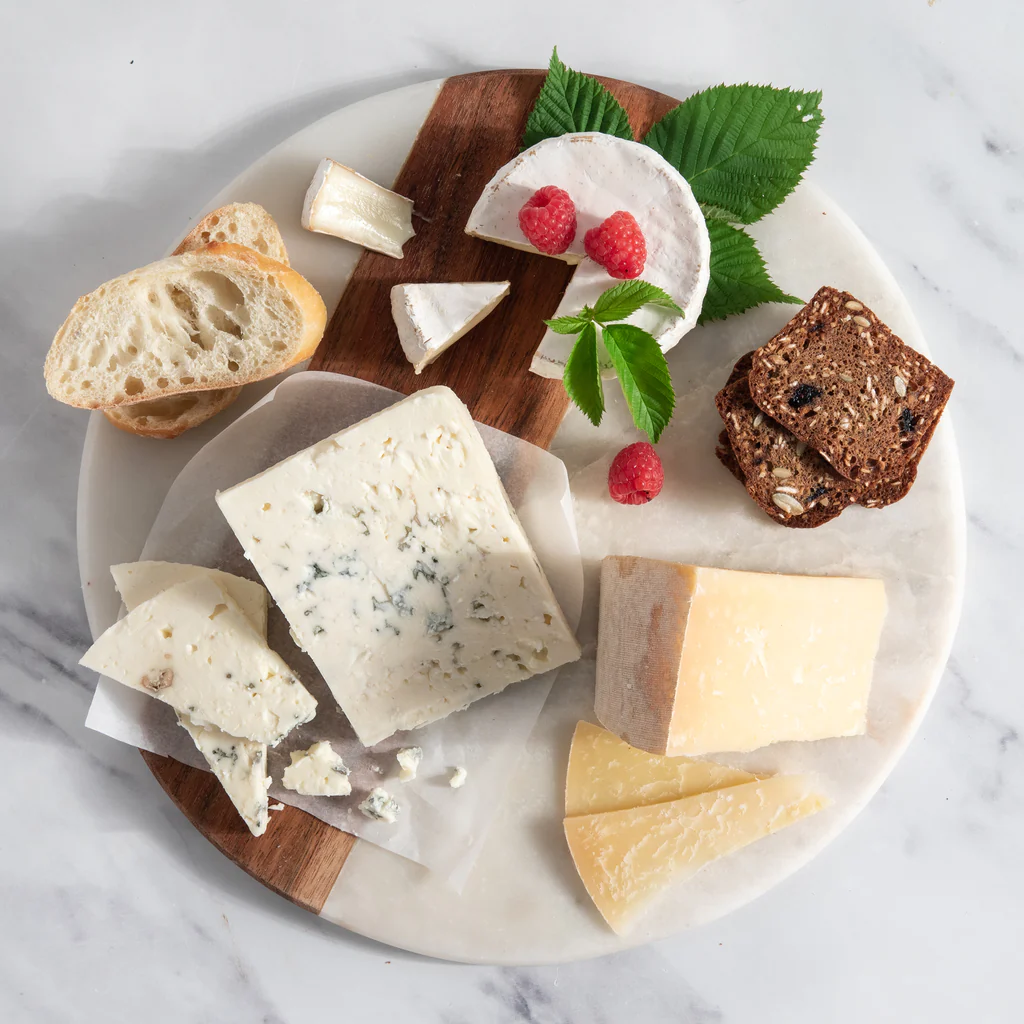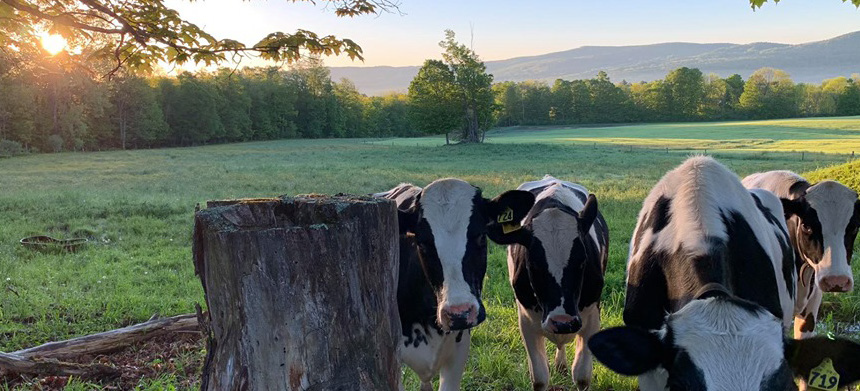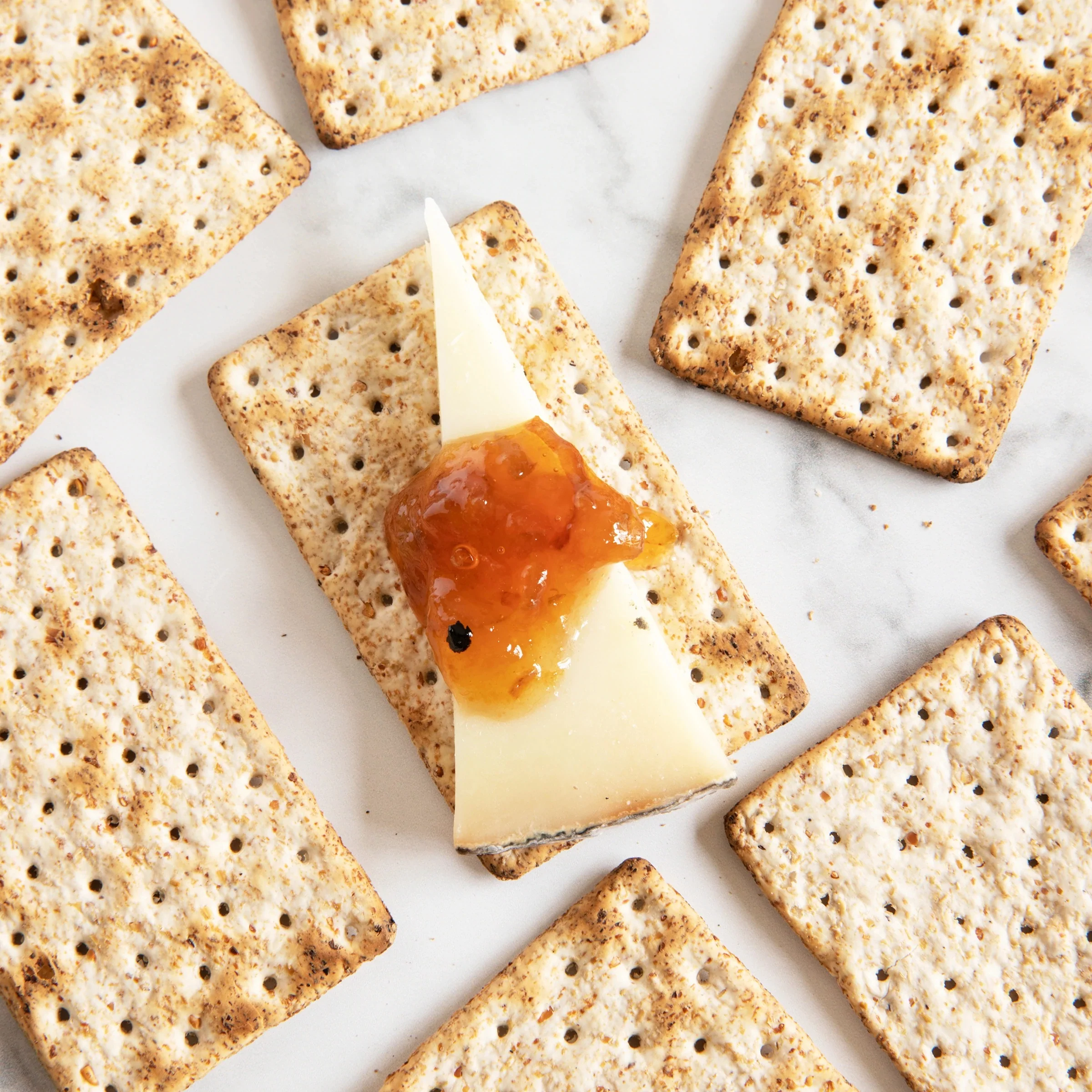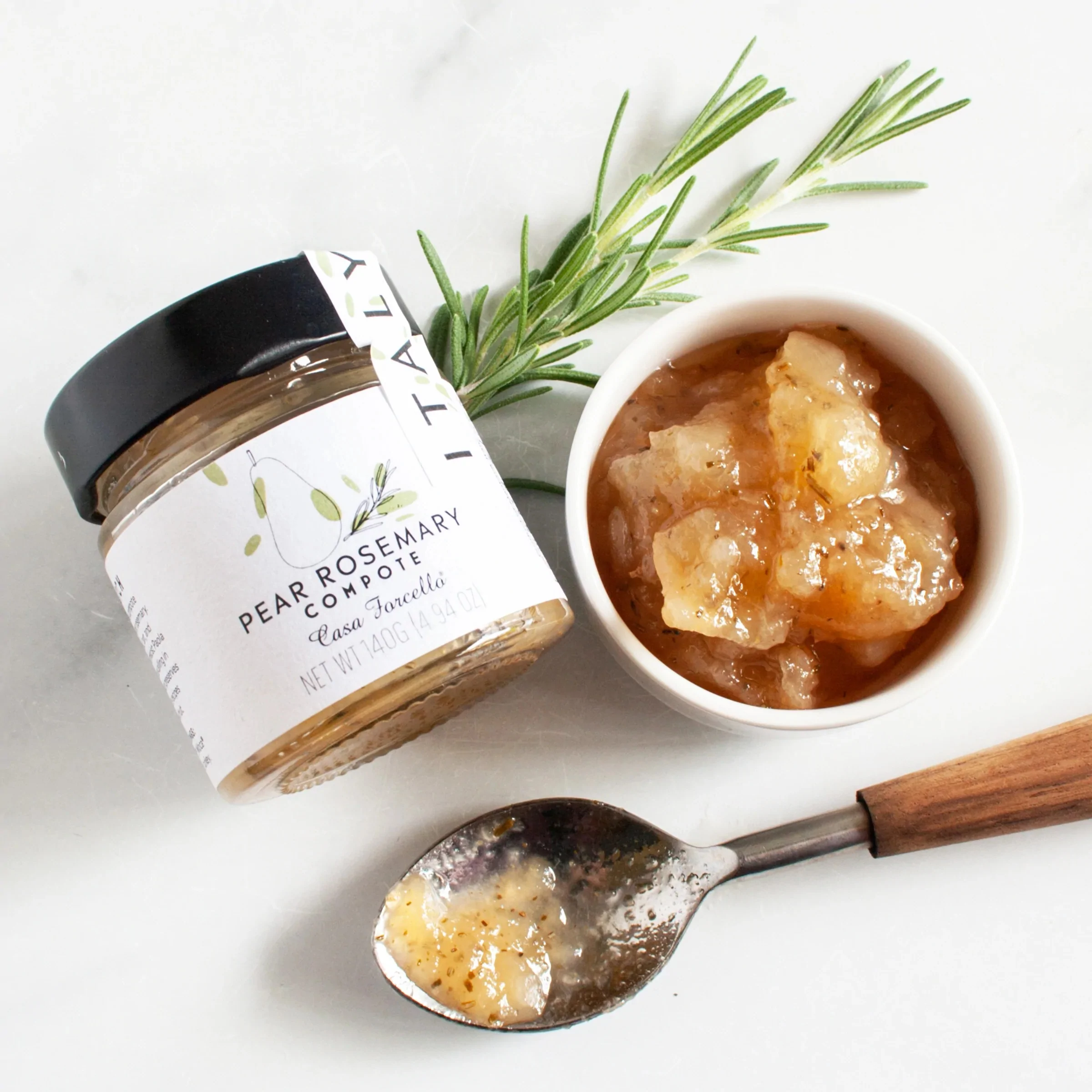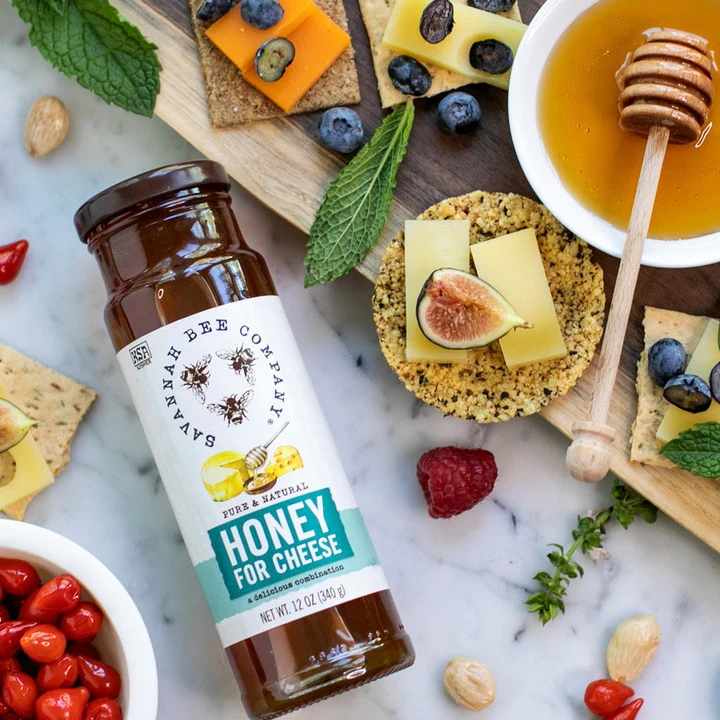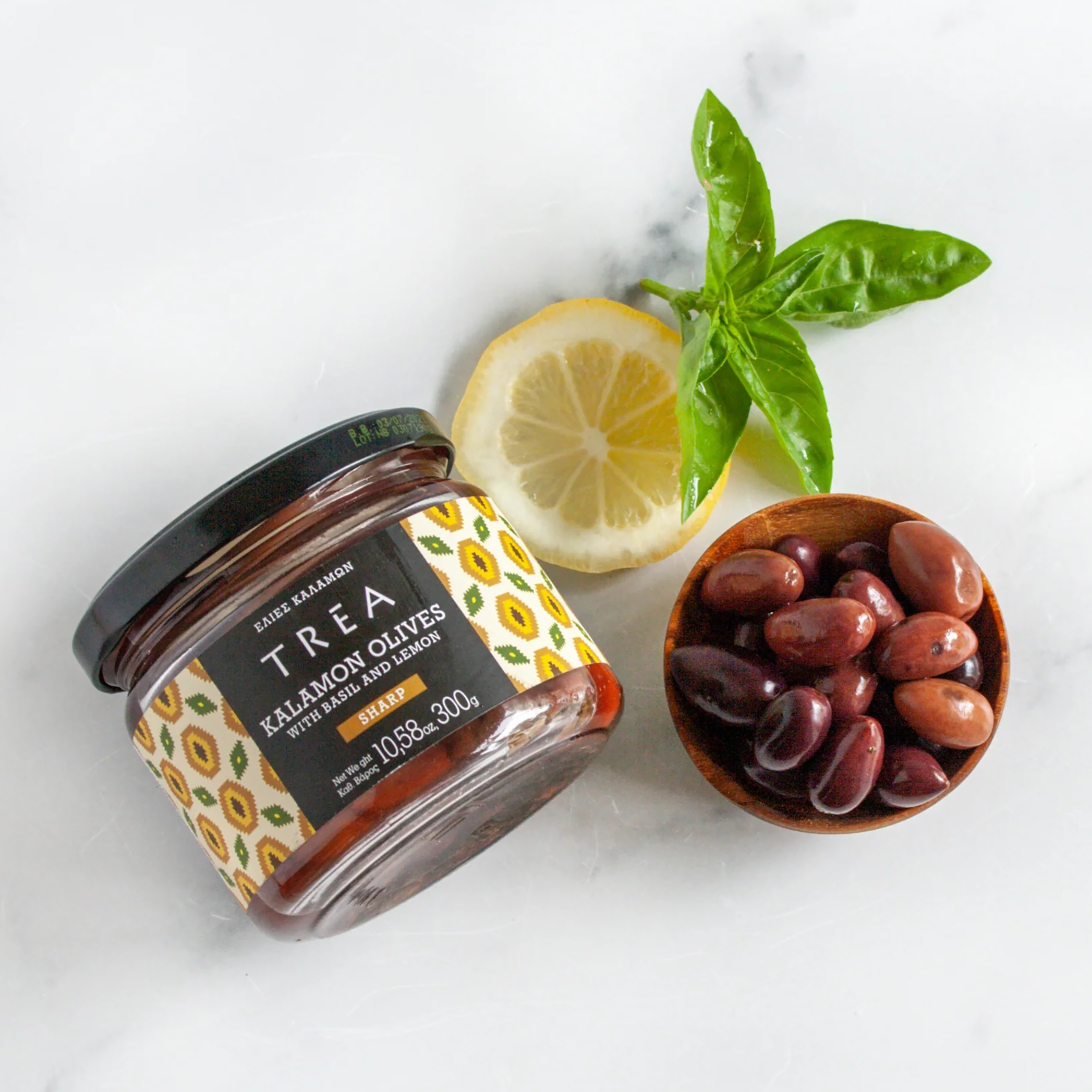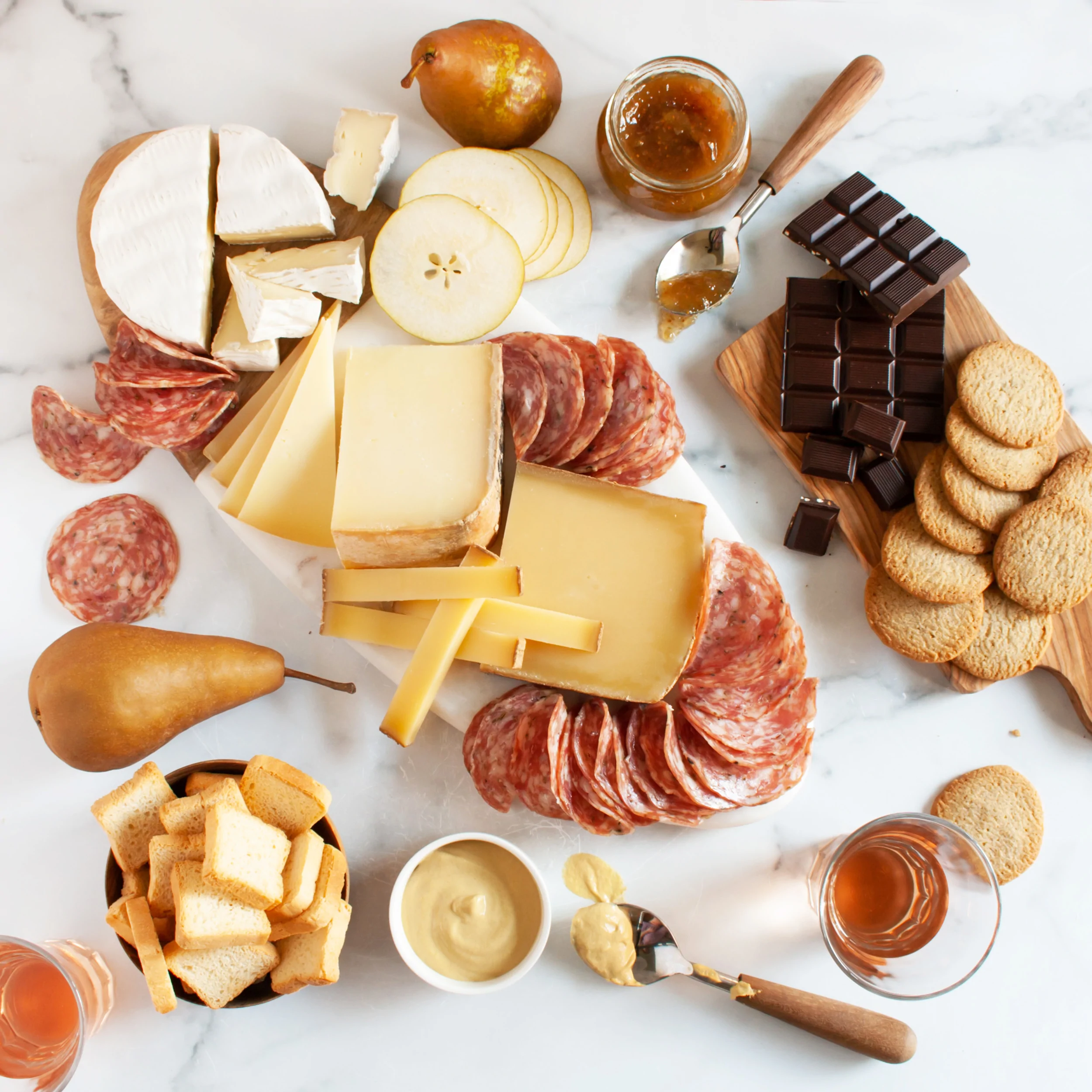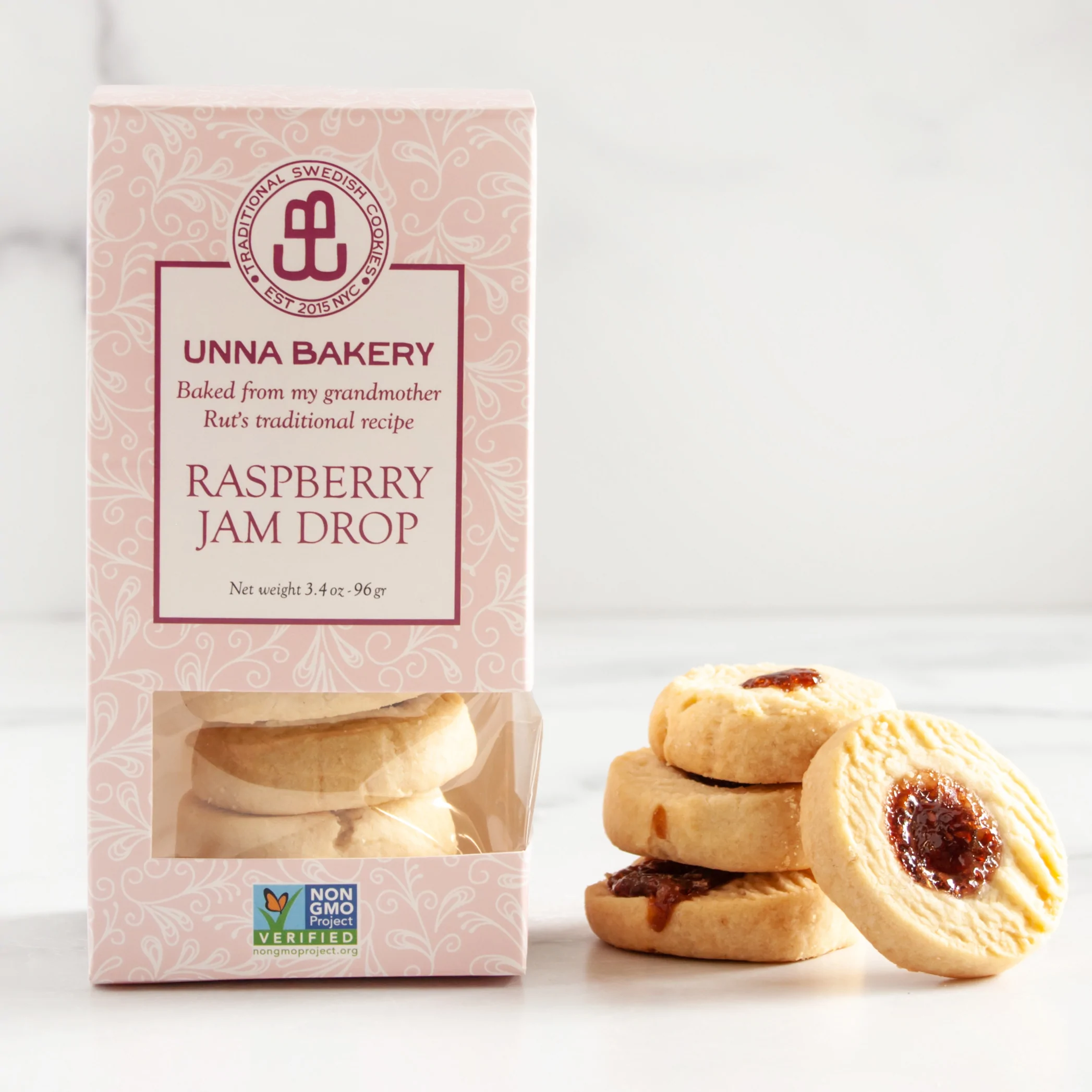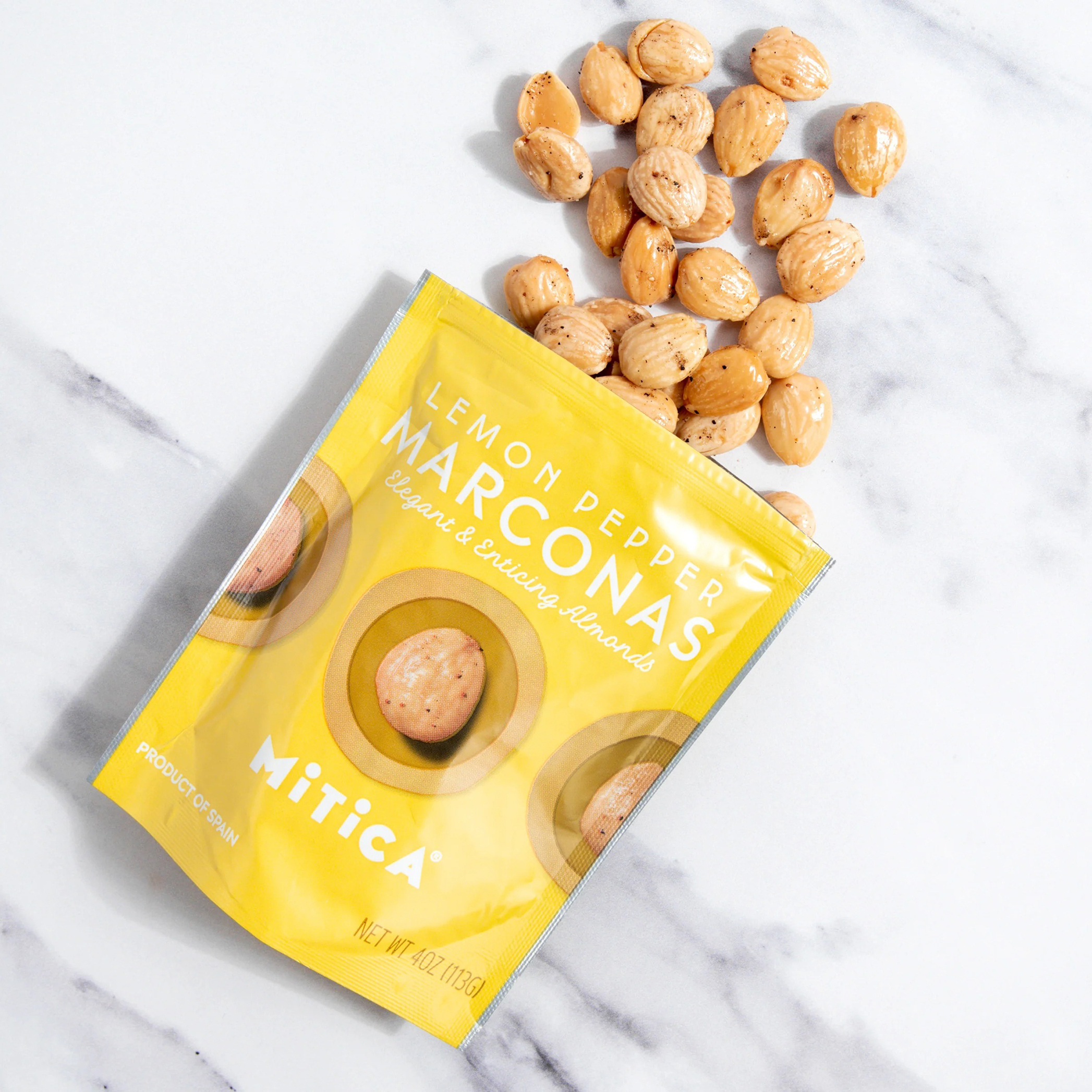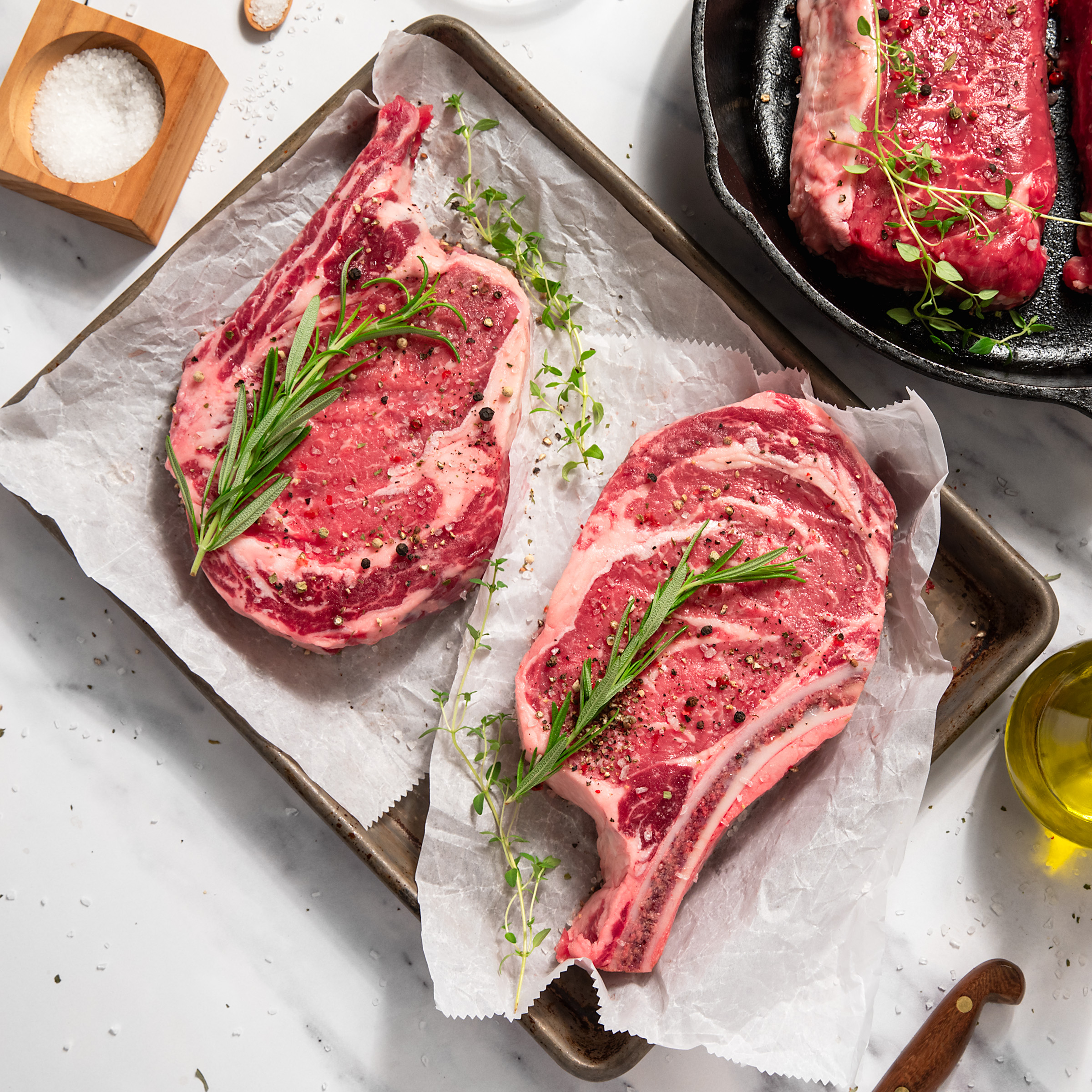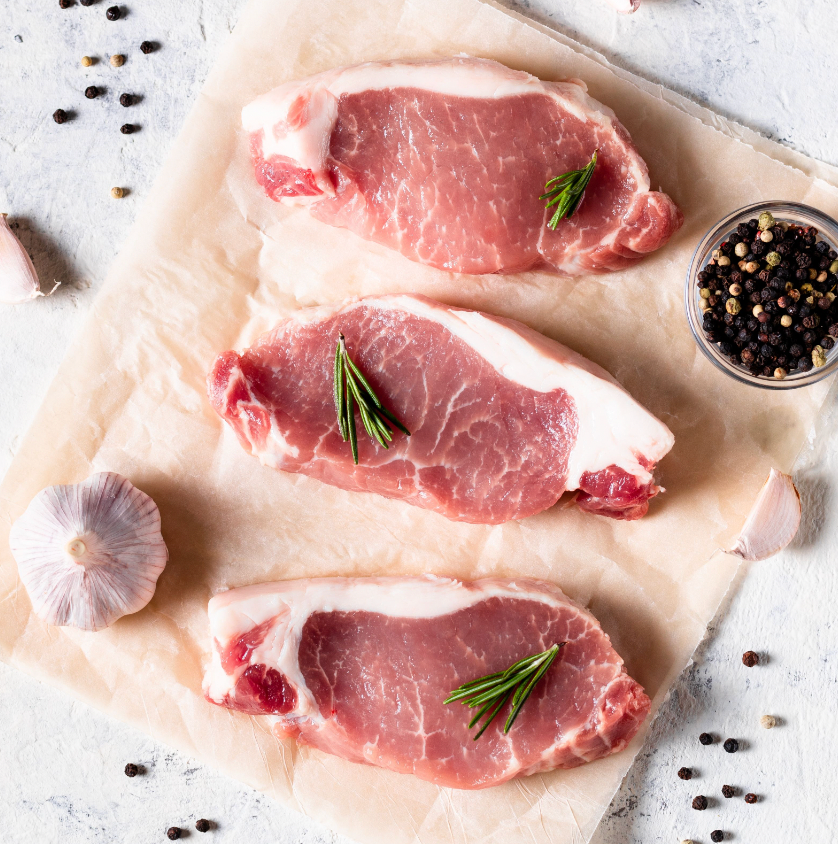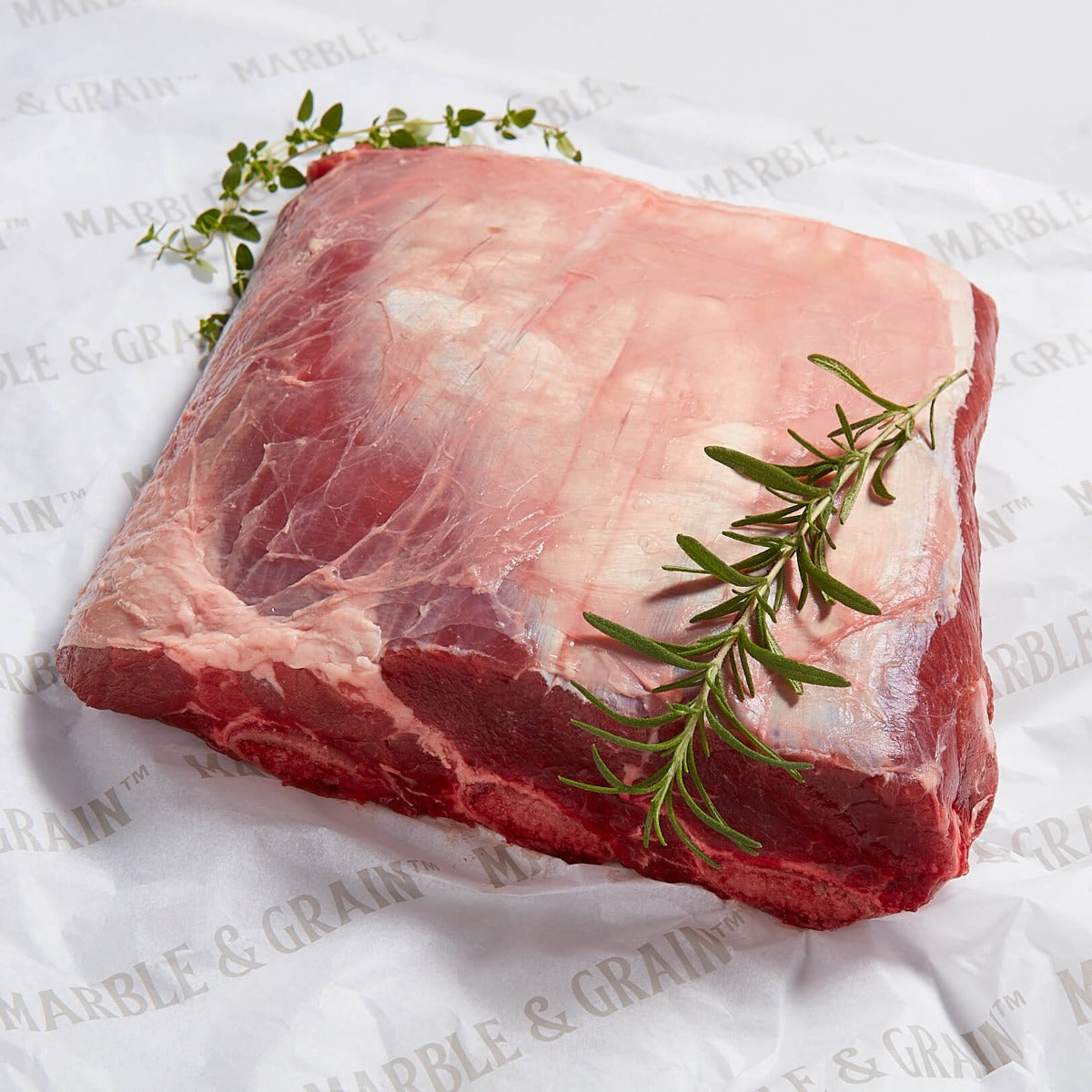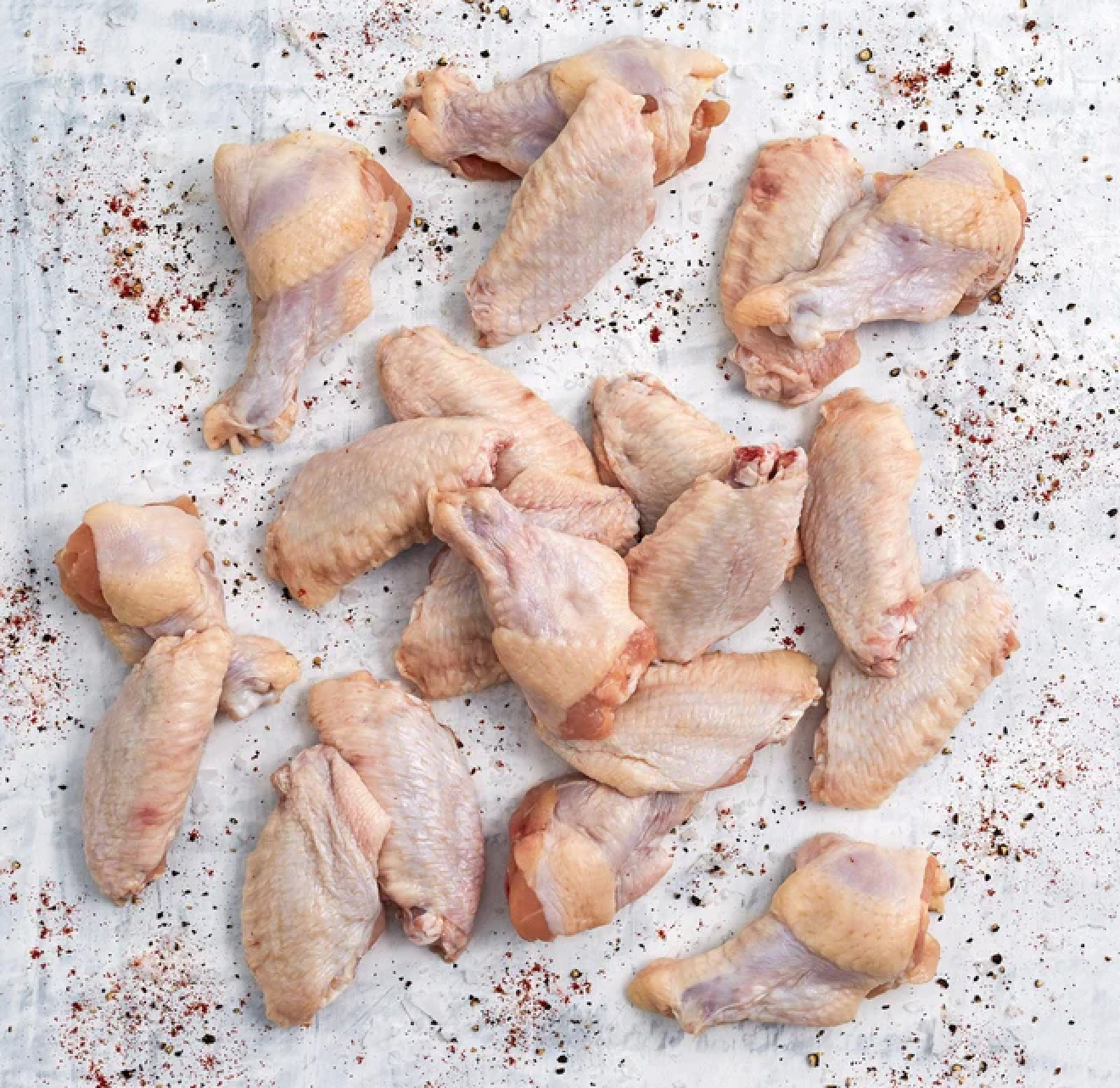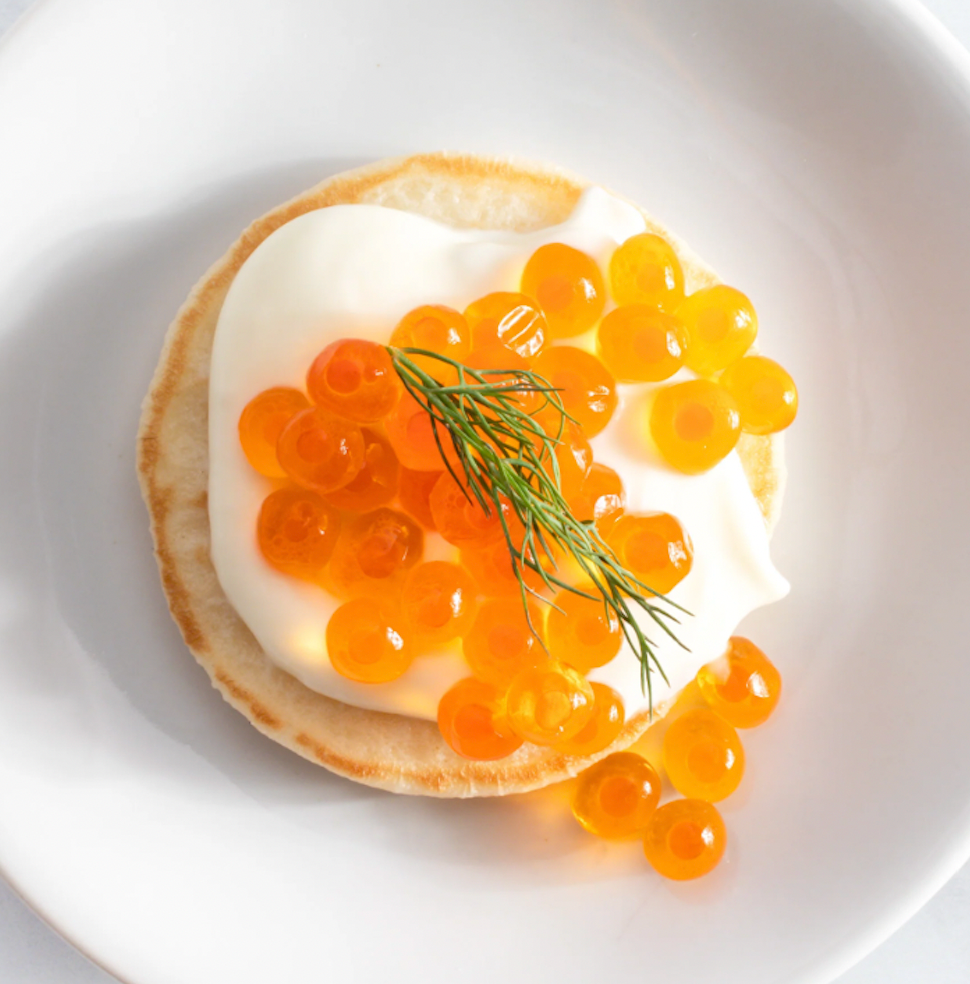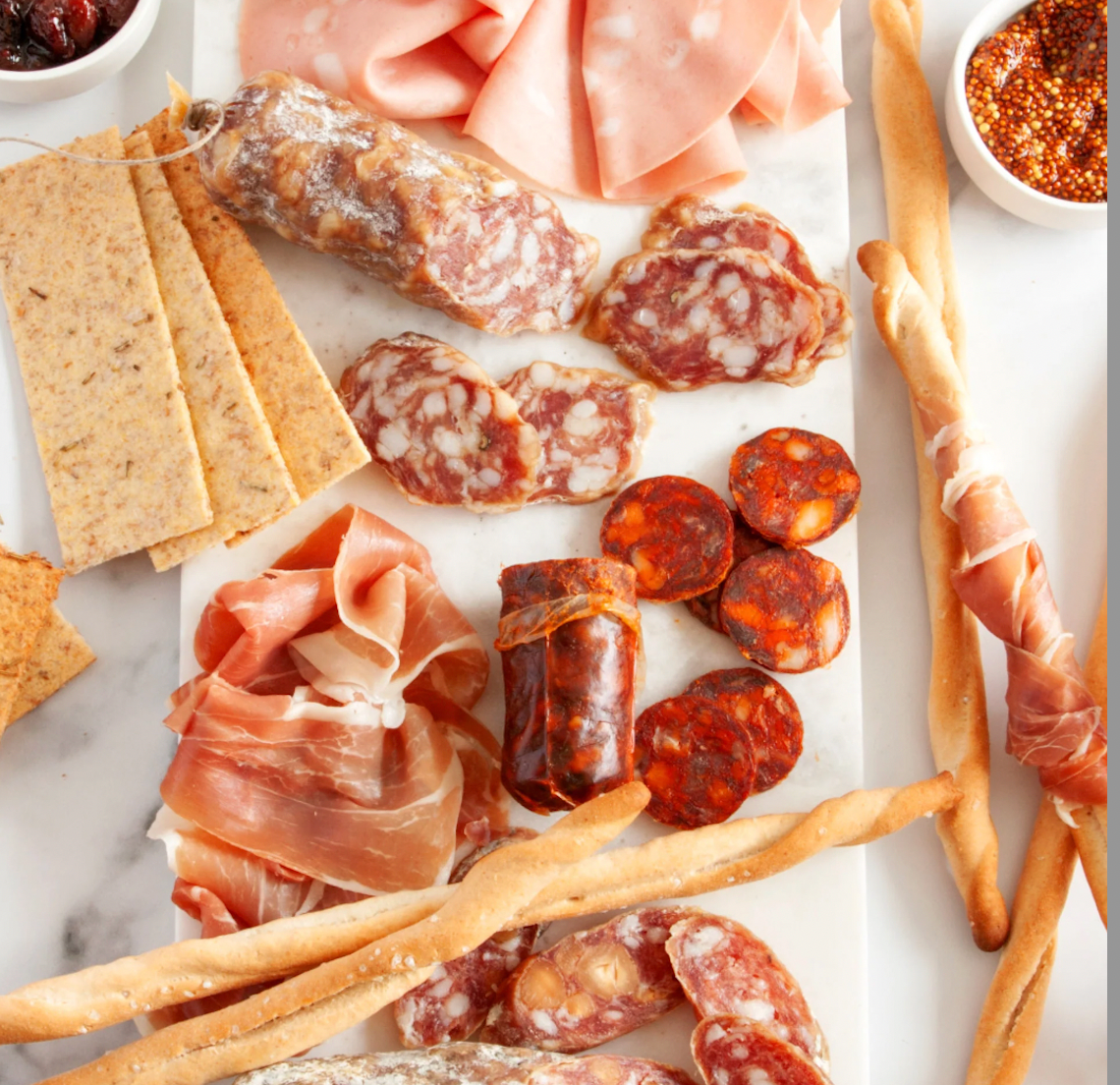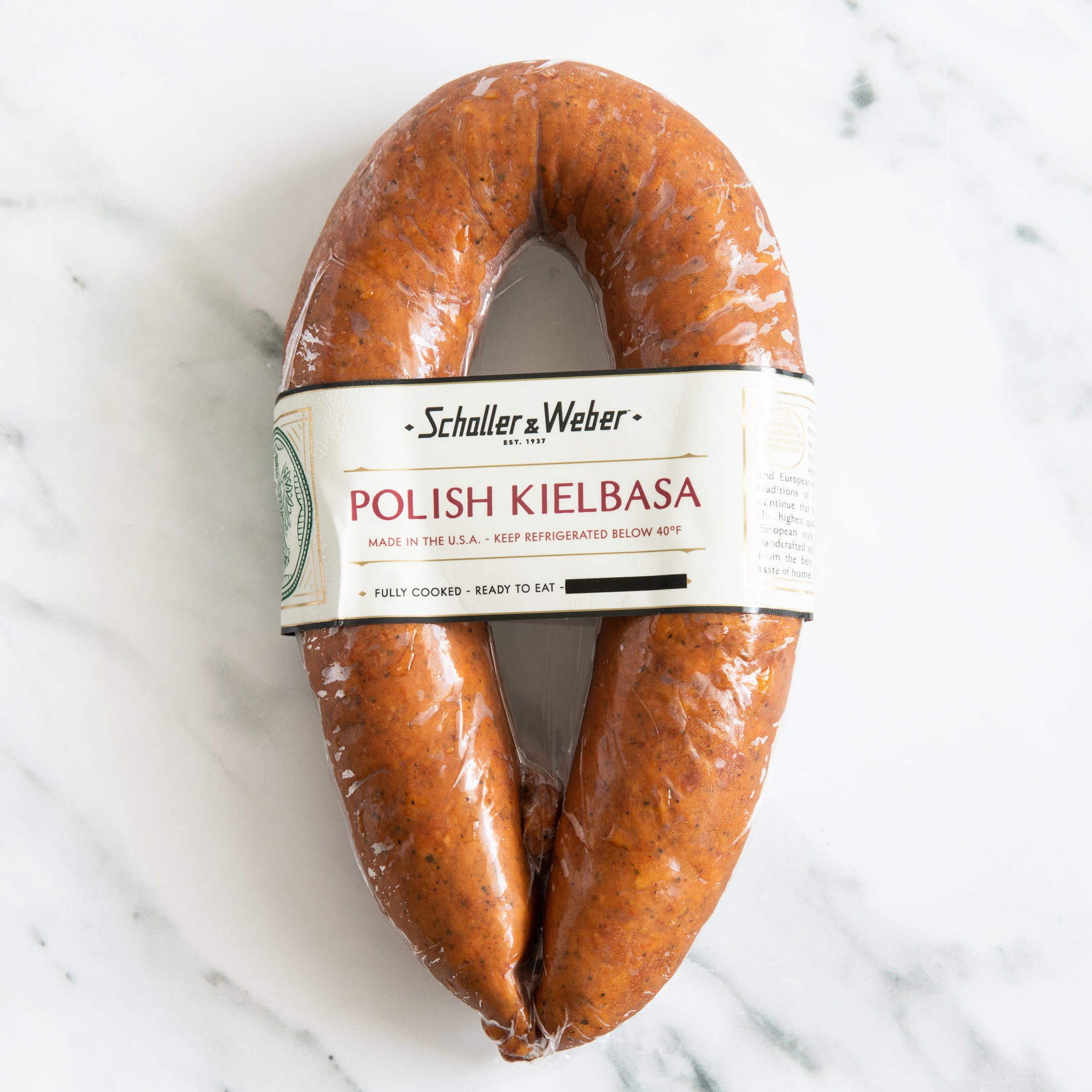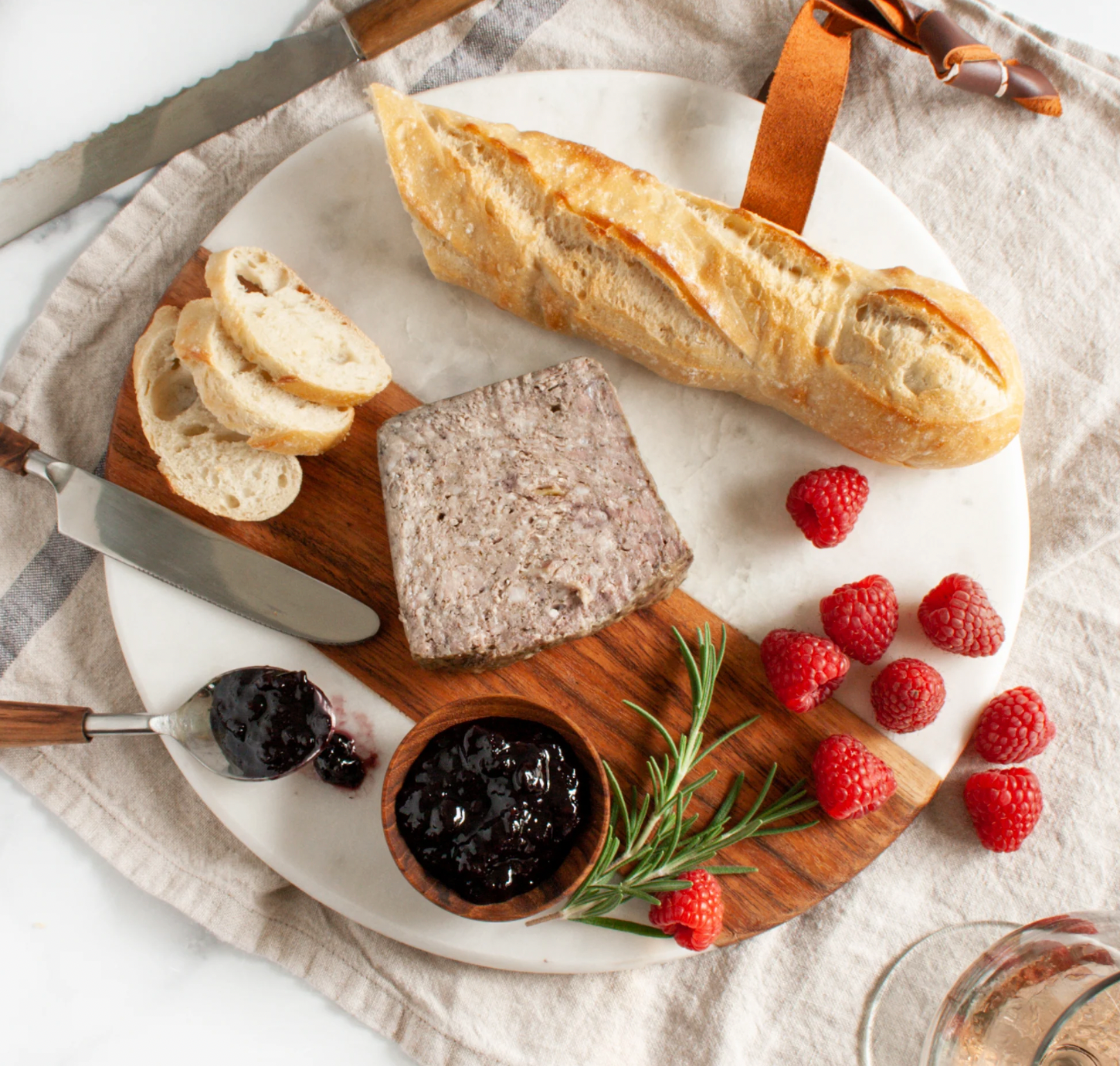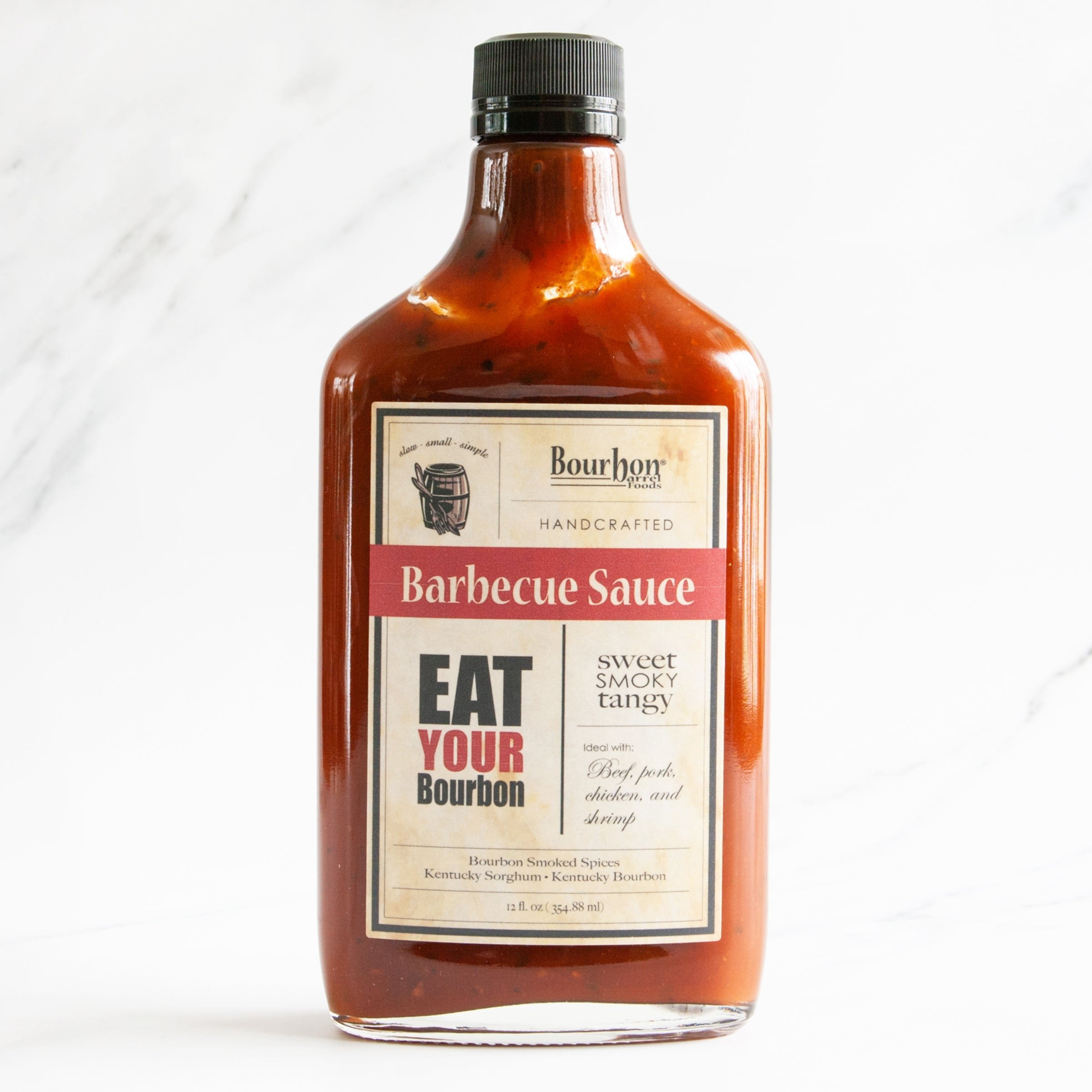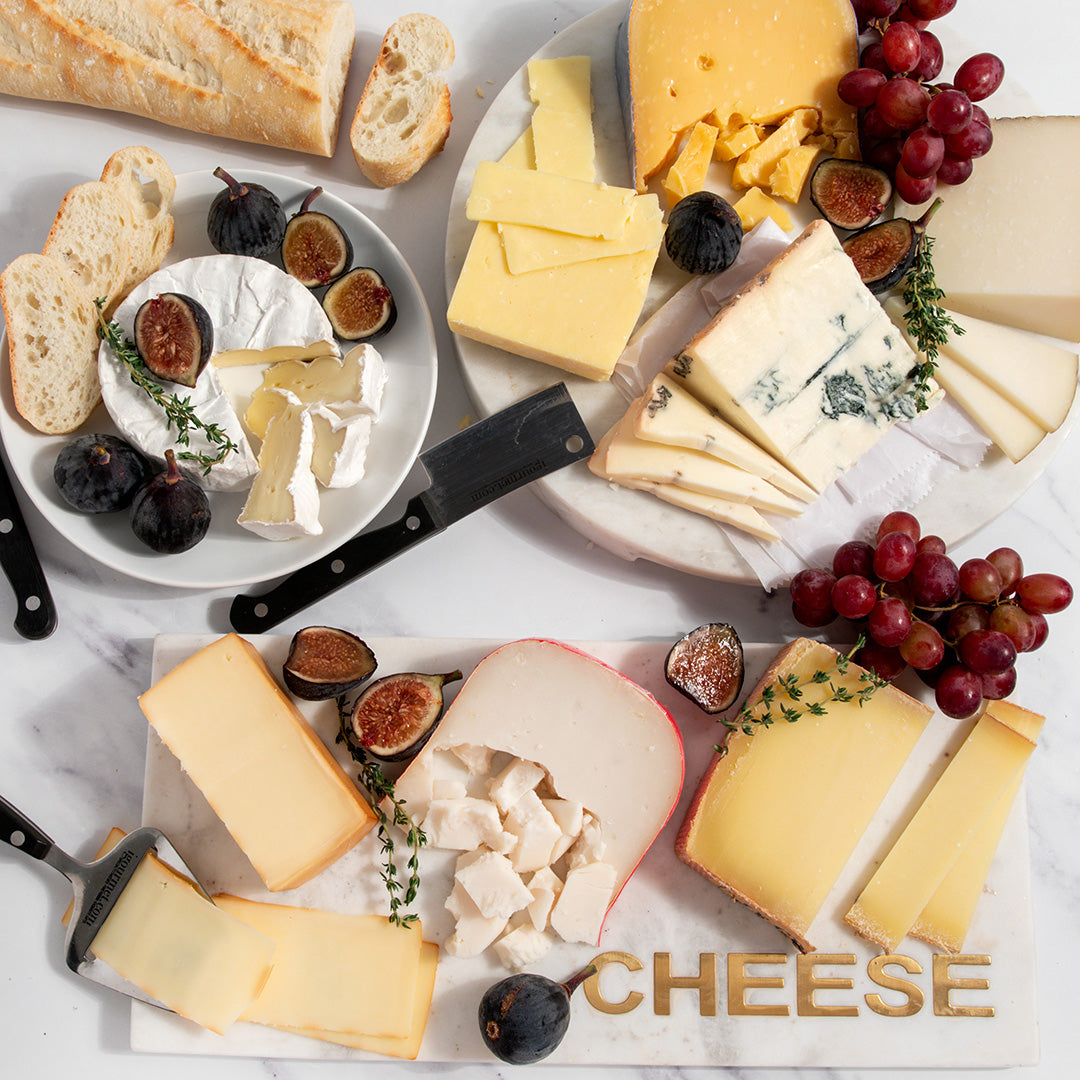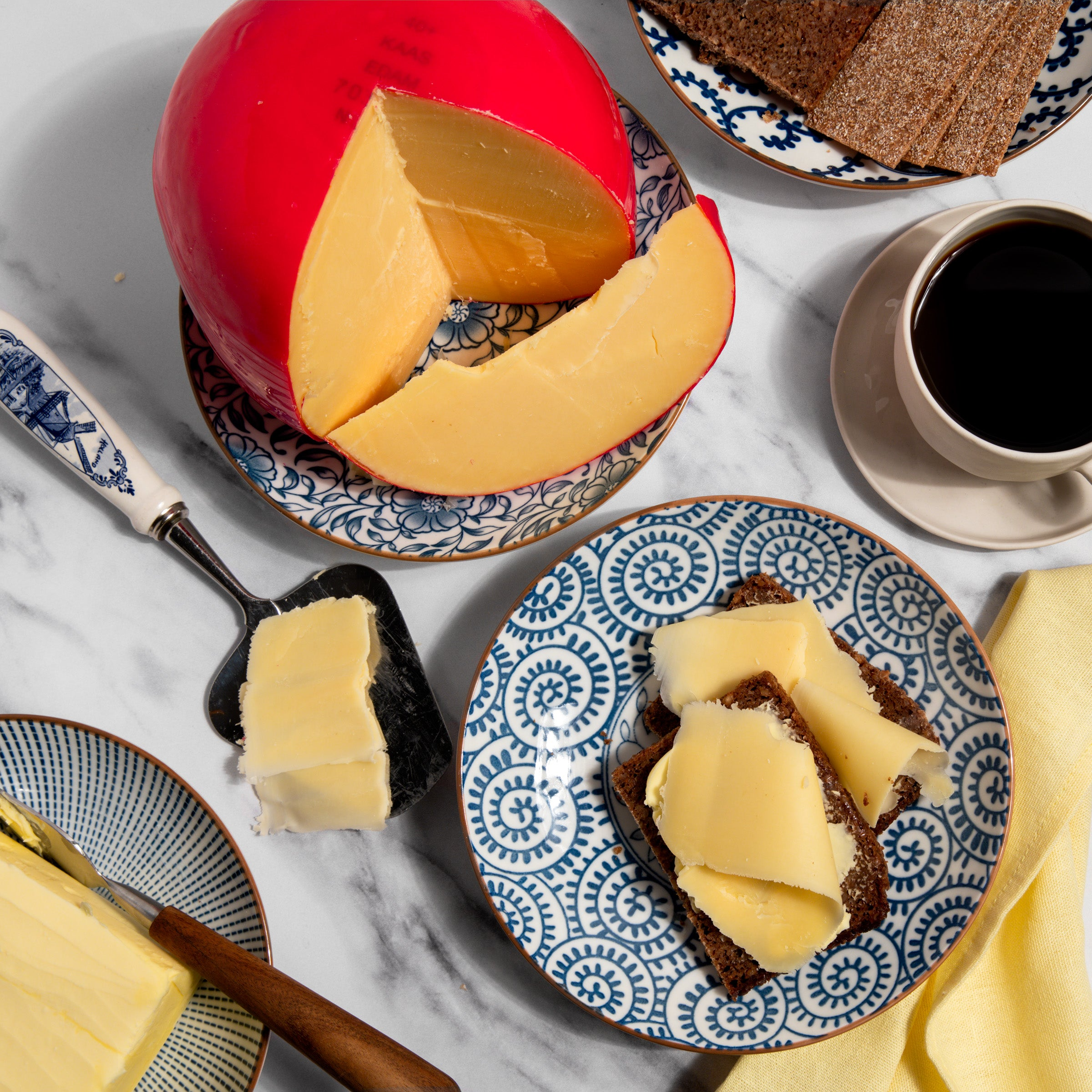Guide to Cheese Types
Gourmet Rice - Gourmet Guide
June 12, 2019 | By Dave Mattingly
The most widely consumed grain in the world, Rice is grown on every continent of the world except Antarctica. Rice originated in Asia, and Rice was cultivated as early as 4000 BC. While the first written record of Rice is traced to China in 2800 BC, Rice spread from Asia westward to India and then Europe. Rice spread to Africa by 800 AD, and was introduced to North America in the 1600s from the English settlers. Rice was planted in today's North and South Carolina whose climates allowed for rice cultivation. Familiar with African rice cultivation, slaves from the Carolinas were credited with contributing to the regions' rice production. By the late 1800s other regions in the South, particularly Louisiana and Mississippi, and parts of Texas and California began to grow rice. Today, the US is a major exporter of rice, with Arkansas and California being the top rice producing states. The US retains nearly half of its production for domestic use. Americans are consuming twice as much Rice today as they were ten years ago. Rice is a healthy food which contributes to this increase, but spread of Indian, Japanese, Thai and Vietnamese rice-based cuisine has allowed Gourmet Rice to become available to the general population, both chefs and consumers alike.
Gourmet Rice History
Rice is ingrained in the history of many Asian cultures. In fact the Chinese word for Rice is the same as their word for food, while in Japan, the word for Rice is the same as their word for meal. Nearly half of the world's population depends on rice as a staple food and 90% of the world's rice crop is produced and consumed in Asia. Although consumption of Rice in the US is growing, US consumption is approximately 25 pounds per person annually, while some areas of Asia average between 200 and 400 pounds per person annually! Only wheat and corn are produced in comparable amounts. Today there are thousands of strains of rice not only cultivated but also grown in the wild.
Gourmet Rice Growing
Rice is the seed of the Oryza Glaberrima (African rice) plant species or more commonly the Oryza Sativa (Asian rice) plant species. Rice is classified by the size of its grain, which include indica (long-grain) and japonica (medium and short grain). Indica and japonica thrive in different climates; indica flourishes in hot climates near the equator, while japonica rice prospers in more temperate and mountainous locales. Rice cultivation is suited to regions where labor costs are low and rainfall is high, as rice cultivation is labor intensive and needs plenty of water for irrigation. The plant from which Rice grows needs both warmth and moisture to reach between two and six feet in height. While Rice can be grown on dry land and even steep hillsides, Rice is typically grown in paddies, or shallow puddles, since the paddies discourage the growth of weeds and the plant tolerates the water well. The seedlings pull nutrients from the paddy water, which is drained prior to harvesting. Prior to harvest and after four to five months of maturity, grains of rice will dangle from their husks at the top of the plant.
Gourmet Rice Production
Seeds of the rice plant are milled to remove the outer husks of the grain. At this point, the grain is called brown rice. Brown rice retains the bran that surrounds the kernel, providing a chewy and nutty flavor. Once the bran and germ is removed, white rice, a more tender and delicate rice is created. Although white rice may last longer and takes less time to cook than brown rice, it lacks some of the nutrients of brown rice. As a result, nearly 90% of all American grown rice is enriched with thiamine, niacin and iron. In some cases, riboflavin, Vitamin D and calcium are also added. Enriched white rice has more iron and thiamine than brown rice, yet brown rice has five times more Vitamin E and three times more magnesium than white rice. Rice is high in carbohydrates, very low in fat, is cholesterol free, and is low in sodium. Rice is a particularly good choice for individuals who are allergic to wheat or who have digestive problems since it is gluten-free.
Gourmet Rice Varieties
Rice comes in many colors including white, brown, black, red and purple. Indica, or long grain rice, is long and slender which is ideal as a side dish or as a bed for sauces and other foods. Japonica, a shorter and plumper medium-grain rice, is shorter than long-grain rice and the choice rice to use in paella, sushi or risottos. Short grain rice is plump and almost round in shape and sticks together when cooked. Tropical japonica is another sub-species of rice that thrives in tropical conditions. There are many additional long, medium and short grain rice varieties as there are nearly 40,000 cultivated and wild rice varieties grown in the world. Additional types of rice are explored below:
Types of Gourmet Rice
Arborio Rice
Arborio Rice is short-grain rice named after a town in the Po Valley of Italy. Arborio Rice absorbs well, has a creamy texture and chewy center with a distinctive white dot at the center of the grain. Arborio Rice has a high starch content and is commonly used in risottos.
Basmati Rice
Basmati Rice is a long-grain, light non-sticky rice from India and Pakistan. When cooked, Basmati lengthens and becomes separate and fluffy with a nutty and earthy flavor.
Bamboo Rice
Bamboo Rice is a short-grain sticky rice infused with bamboo juice. This pale green sticky rice is ideal for sushi.
Carnaroli Rice
"The Caviar of Rice", Carnaroli Rice is the highest quality "superfino" (extra fine) Italian rice used to make risottos. Carnaroli Rise has a white kernel that retains it shape when cooked, producing remarkably creamy rice.
Bomba Calasparra Rice
Bomba Calasparra rice is a short grain rice grown in Calasparra in the Murcia region in southeastern Spain. It is the main rice used in paella. Bomba Calasparra Rice absorbs three times its volume in liquid, as opposed to the normal two, and although more difficult to grown than other varieties, Bomba Calasparra is the finest Calasparra rice produced.
Forbidden Rice
Black when raw and deep purple when cooked, Forbidden Rice, or black rice, was strictly reserved for Chinese emperors in ancient times. Forbidden Rice has a nutty and almost chocolatey flavor. Forbidden Rice is high in fiber, vitamins and minerals.
Jasmine Rice
Jasmine rice is a long-grain rice from Thailand that has a distinctive aroma similar to jasmine tea, and offers the perfect balance for spicy dishes. A good source of B vitamins and complex carbohydrates, Jasmine Rice has a sweet and nutty flavor, and is similar to Basmati Rice but usually lower in price.
Black Japonica Rice
Black Japonica Rice was developed in California from two Japanese seeds, an Asian black short-grain rice and a medium-grain, whole grain brown rice. When cooked, Black Japonica Rice has a spicy, nutty, mushroomy flavor.
Bhutanese Red Rice
Bhutanese Red Rice is a short grain rice grown in the Himalayan Kingdom of Bhutan. Bhutanese Red Rice is a pink/red rice that once cooked is nutty and earthy in flavor and soft in texture, perfect for pilafs or stir-fries.
Wild Rice
Wild Rice is a cousin of the Oryza Sativa species of rice and comes from the family of grasses forming the Zizania genus. Grown in small lakes and streams, there are four species of Wild Rice, three native to North America and one native to China. Wild Rice is high in protein, dietary fiber and low in fat.
Vialone Nano Rice
Vialone Nano Rice is a medium-large round grain "semifino" rice from the Verona region of Italy. Vialone Nano Rice is ideal for creamy risottos, as it cooks in 15 minutes, much faster than Arborio and Carnaroli Rice.
igourmet has the largest selection of Gourmet Rice including Vialone Nano, Arborio, Bomba Calasparra, Forbidden, Carnaroli, Basmati, Bamboo, Jasmine, Bhutanese Red, Black Japonica, Wild Rice and much more! When searching for Gourmet Food online, look no further than igourmet.com.











